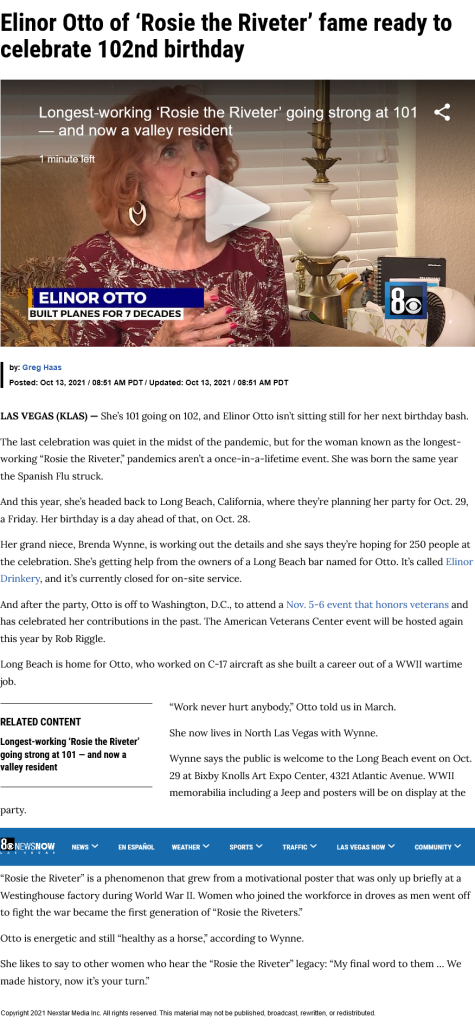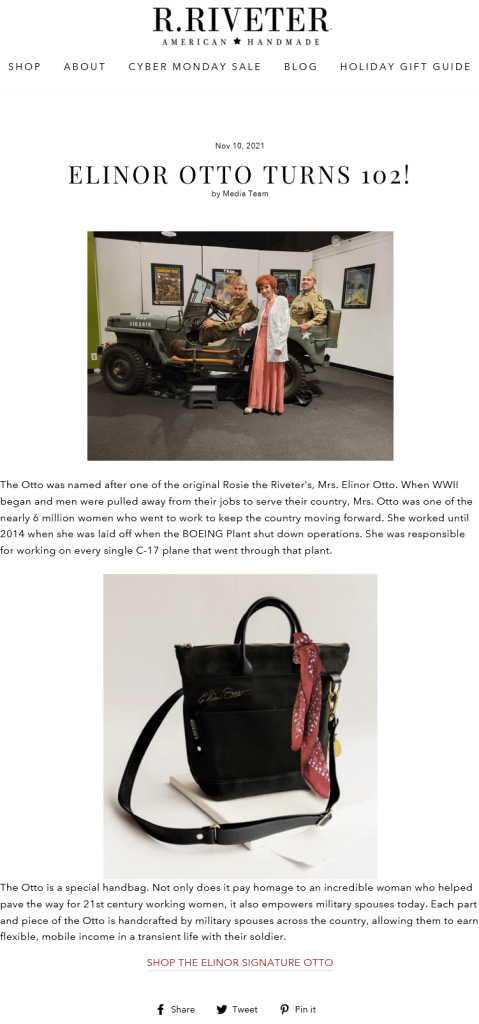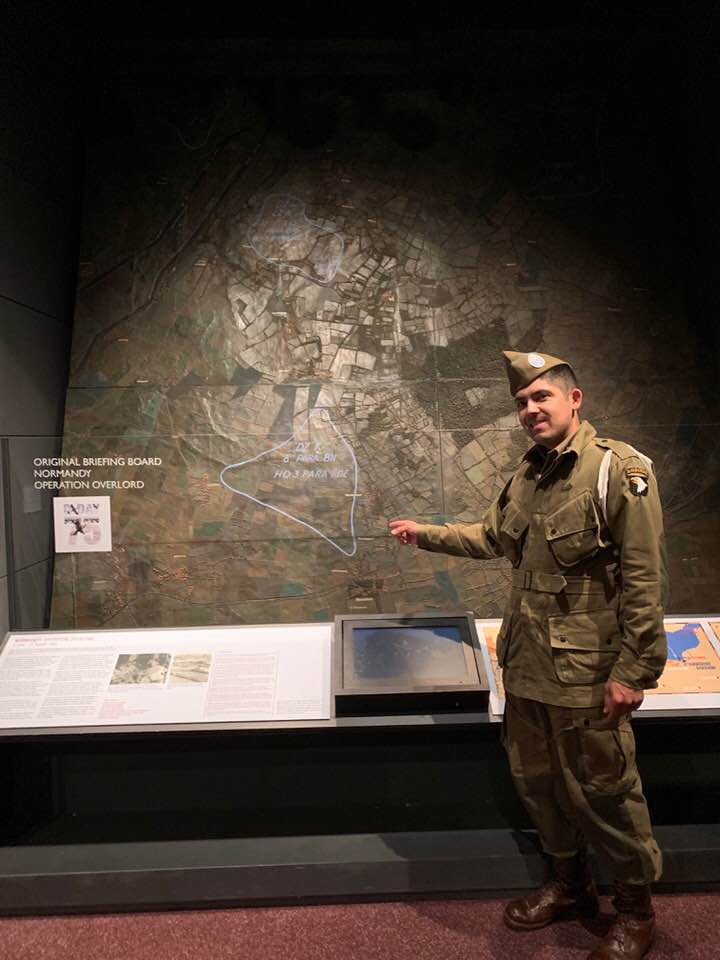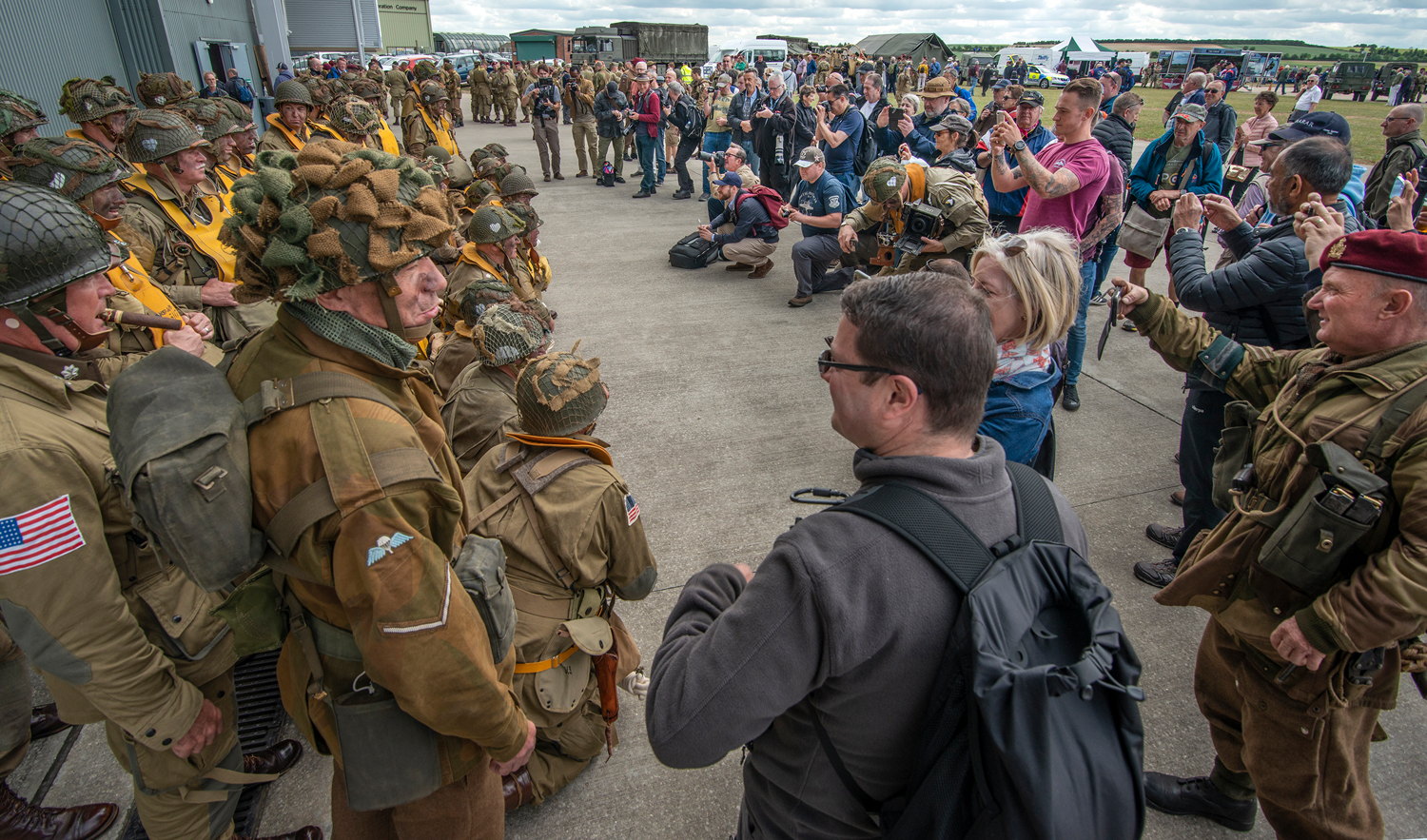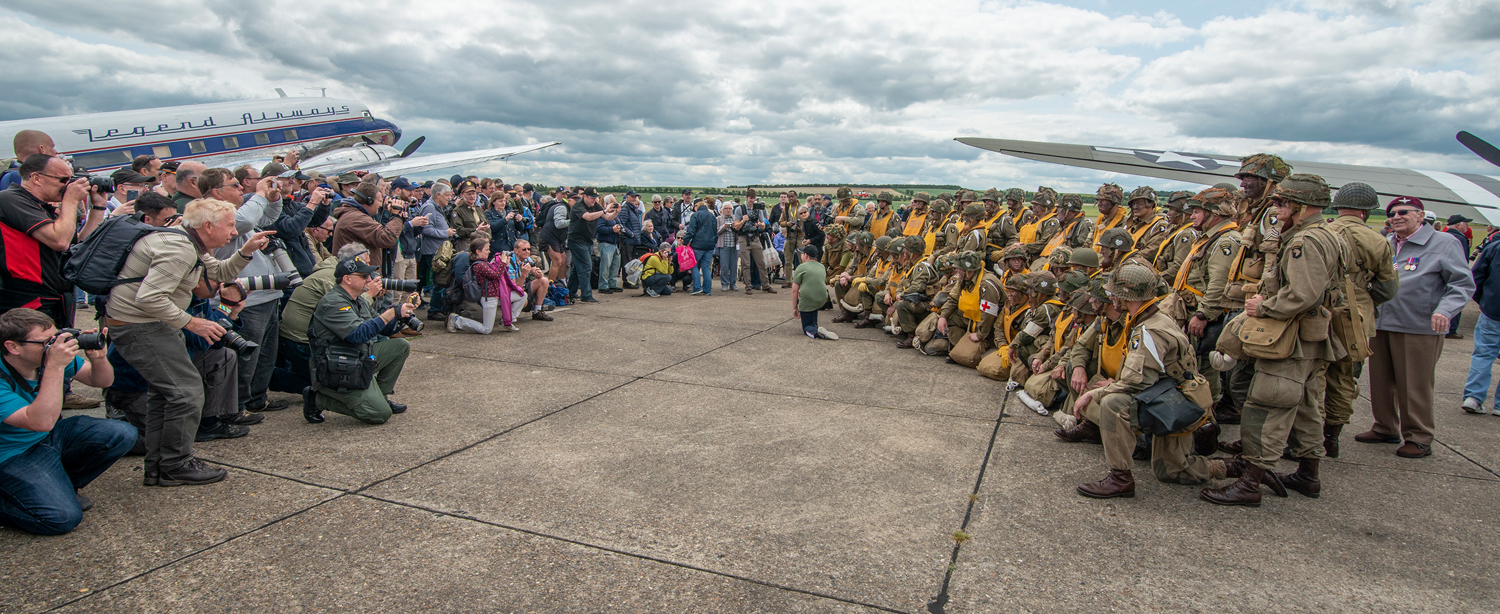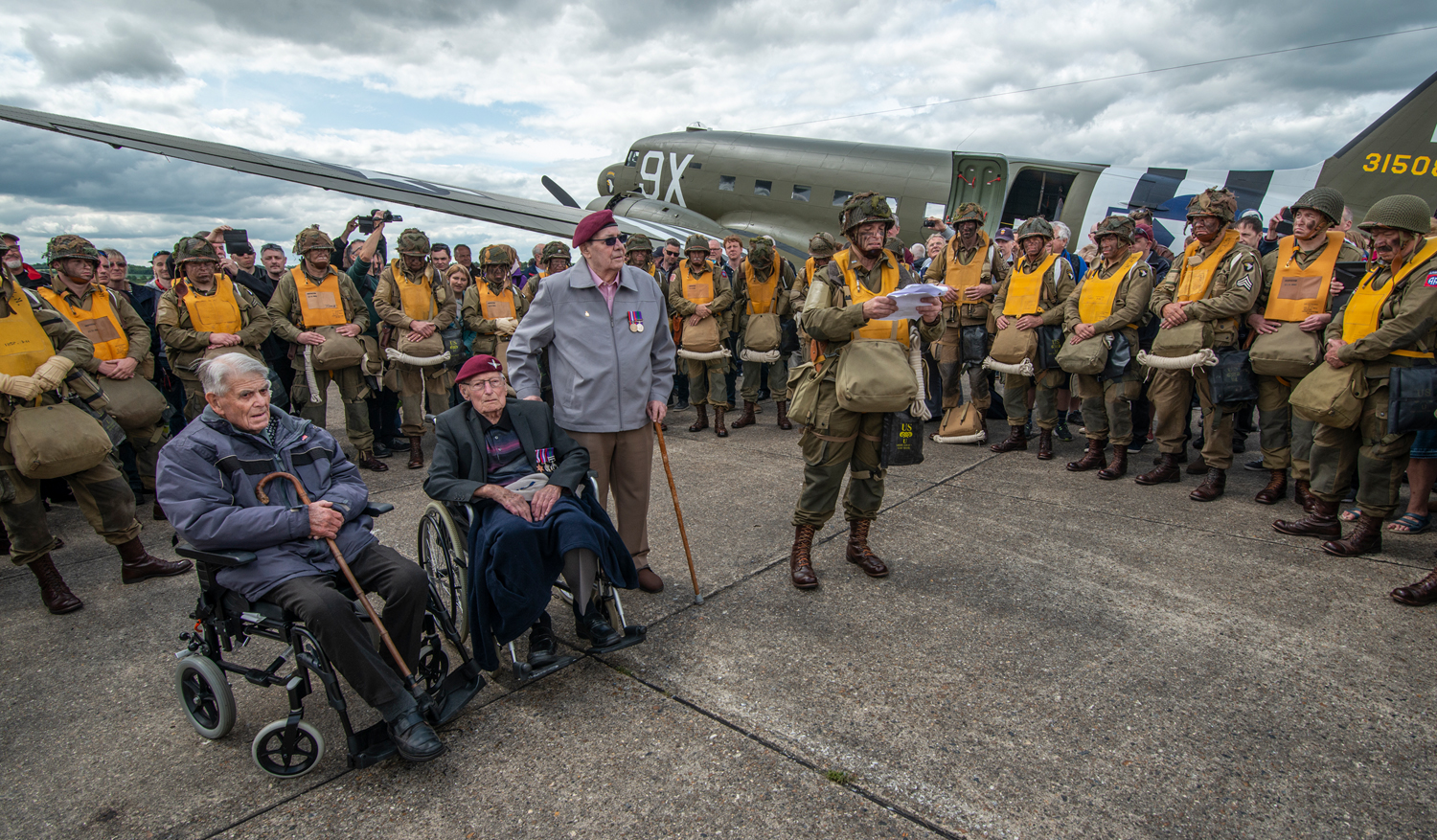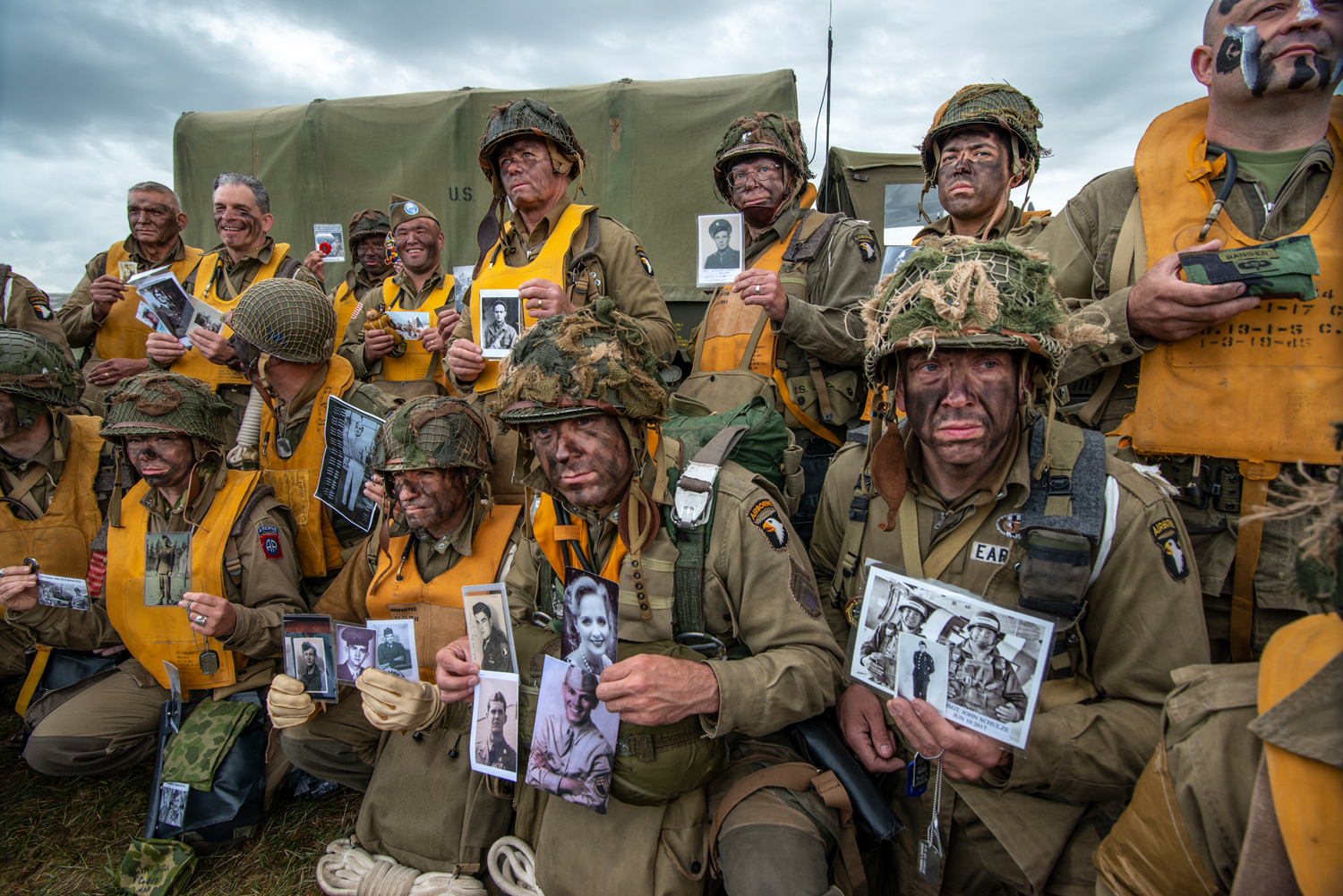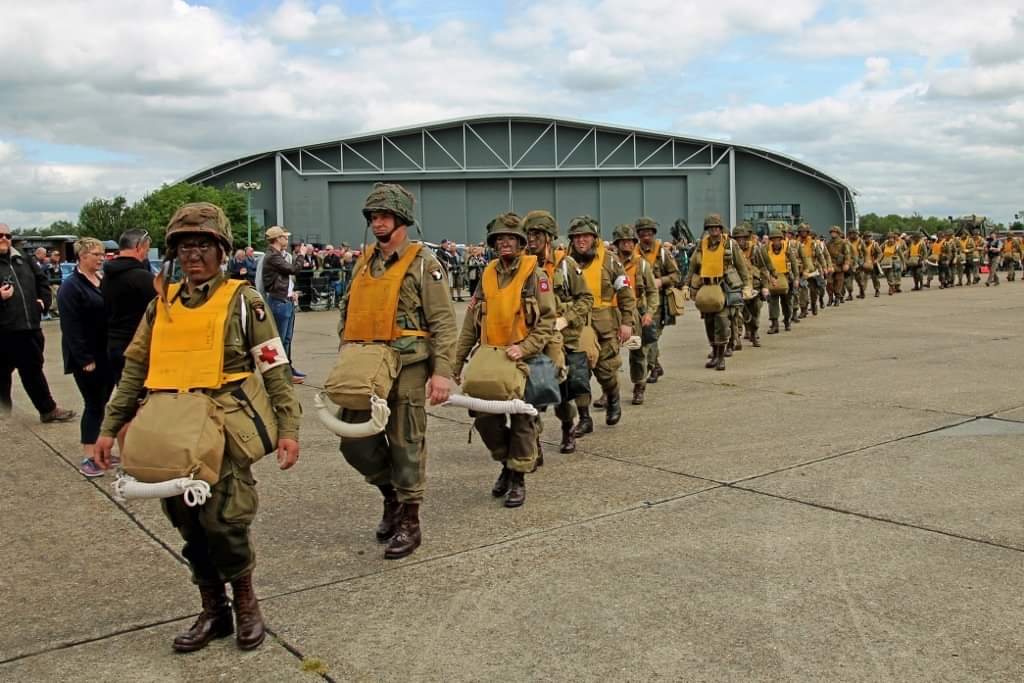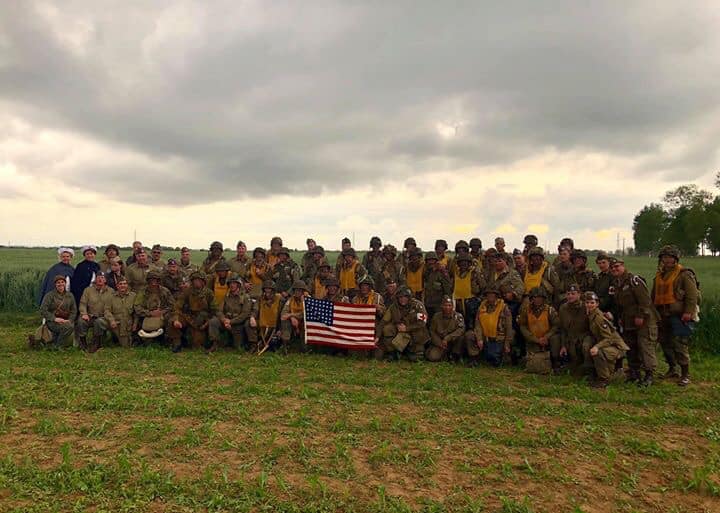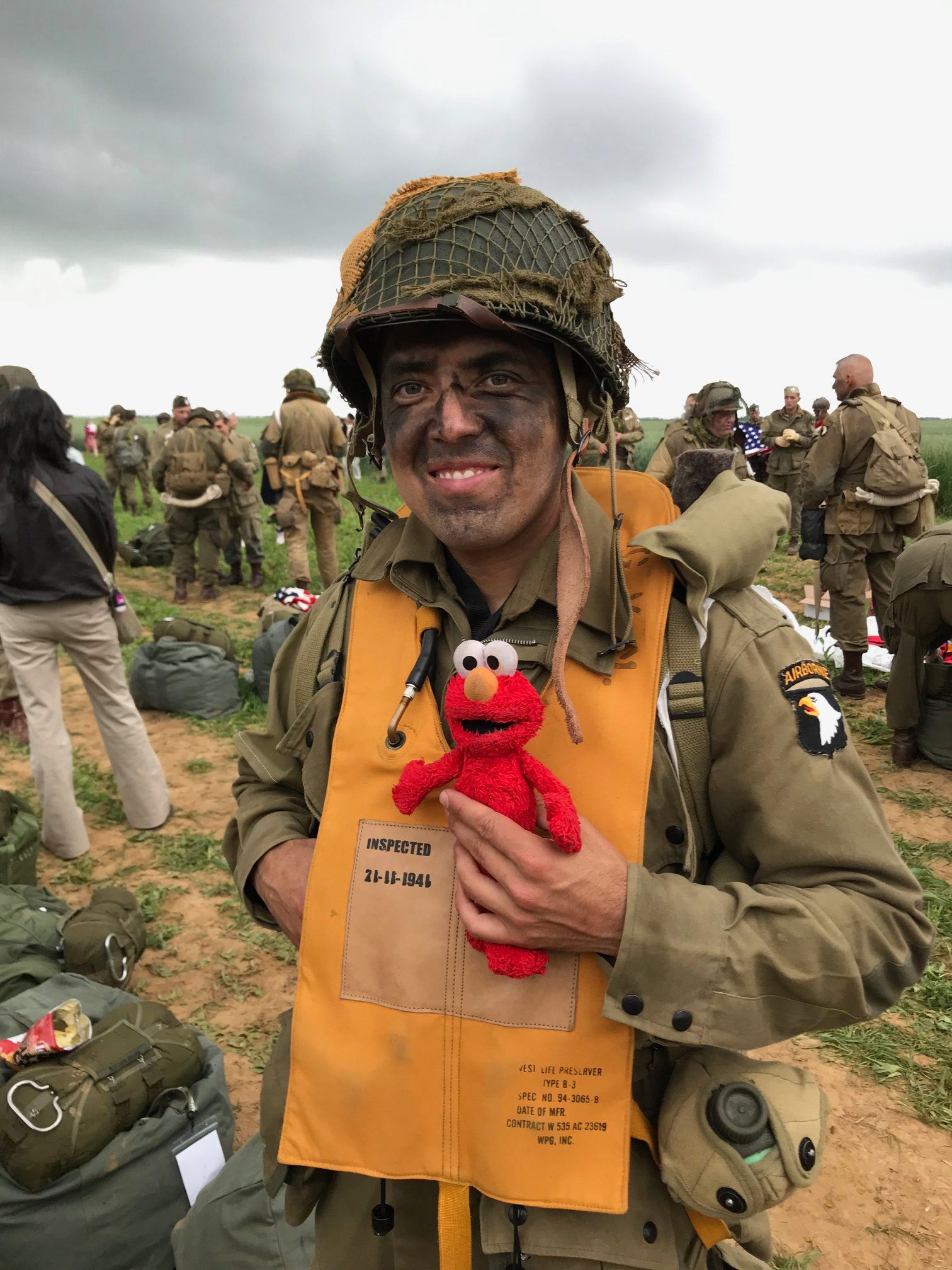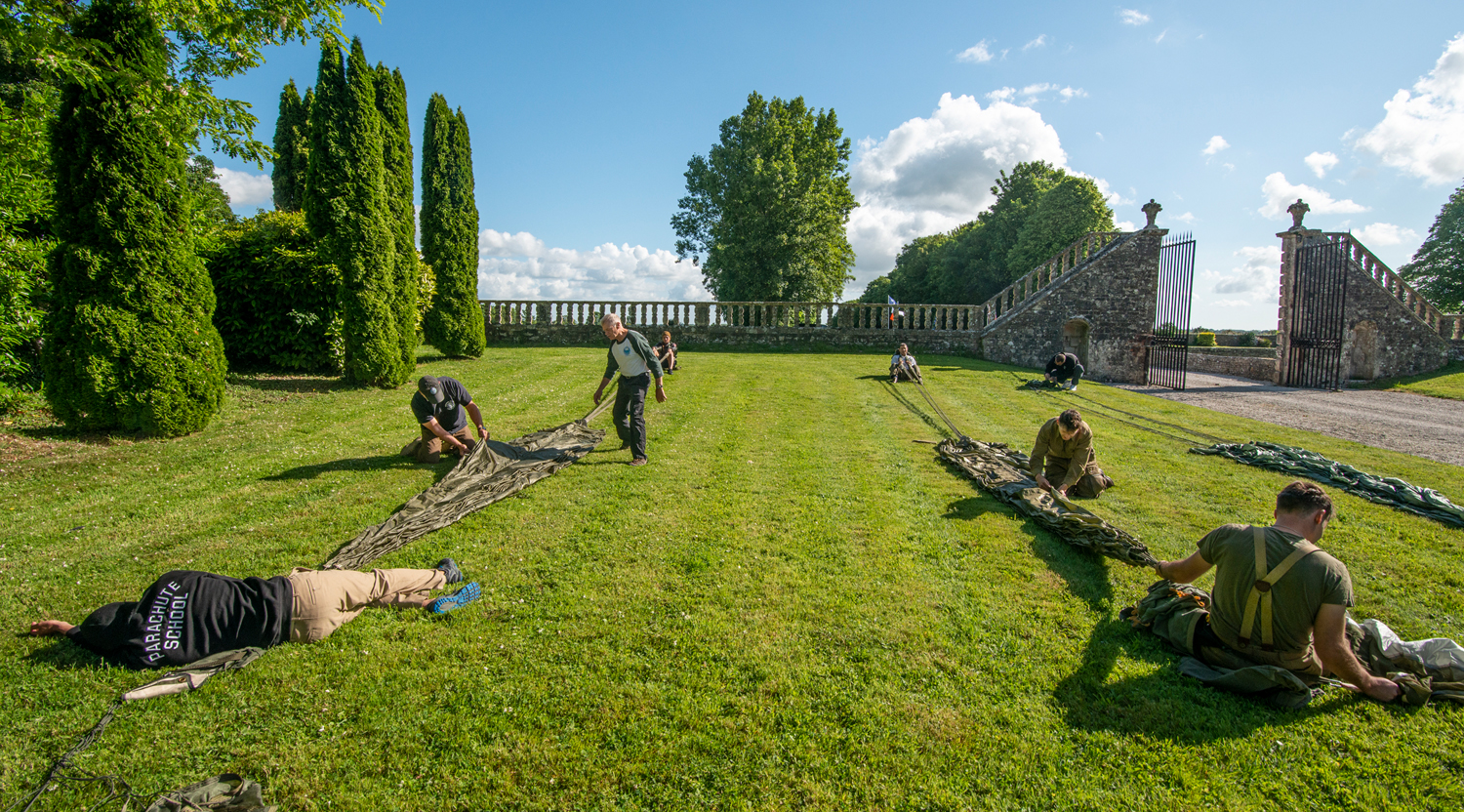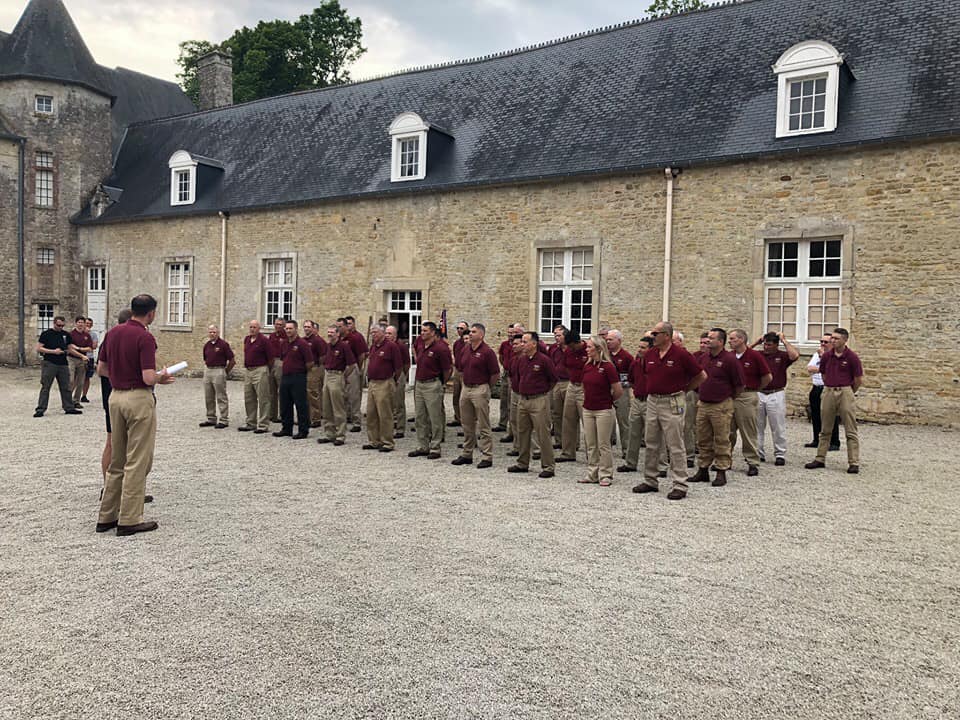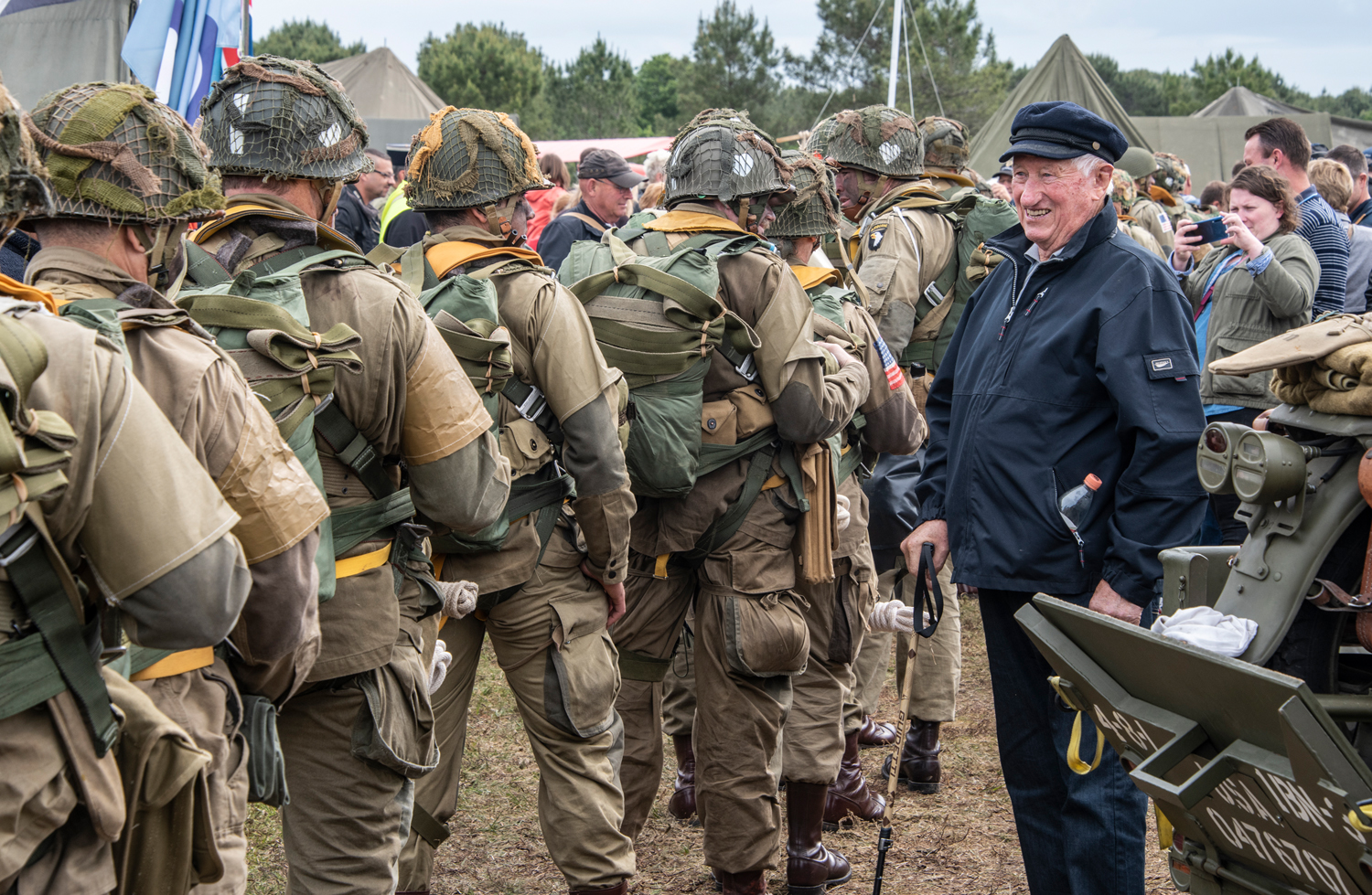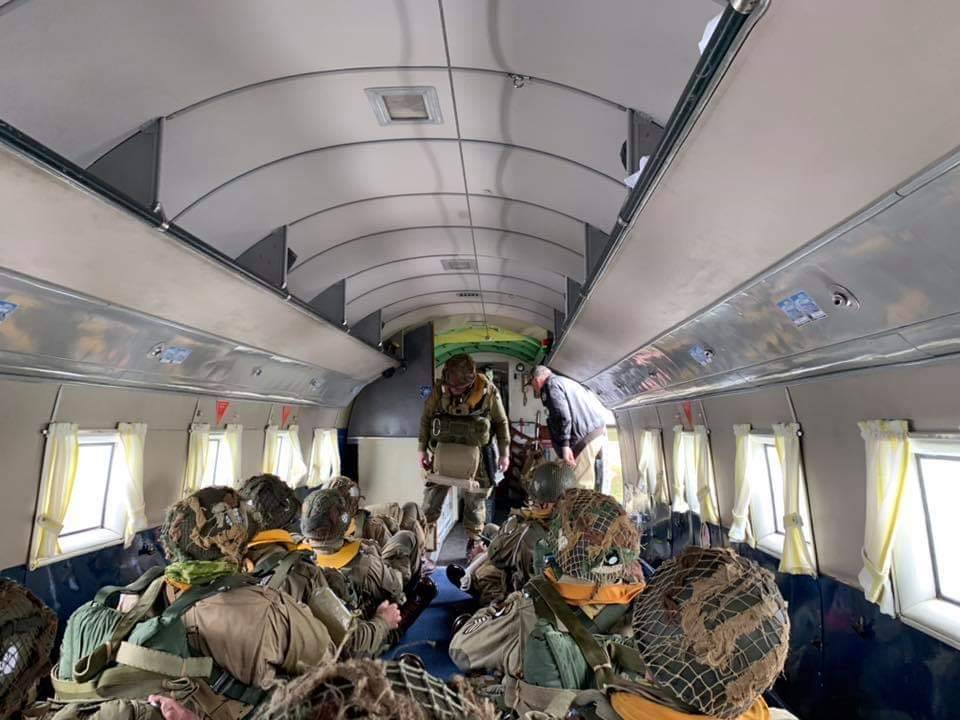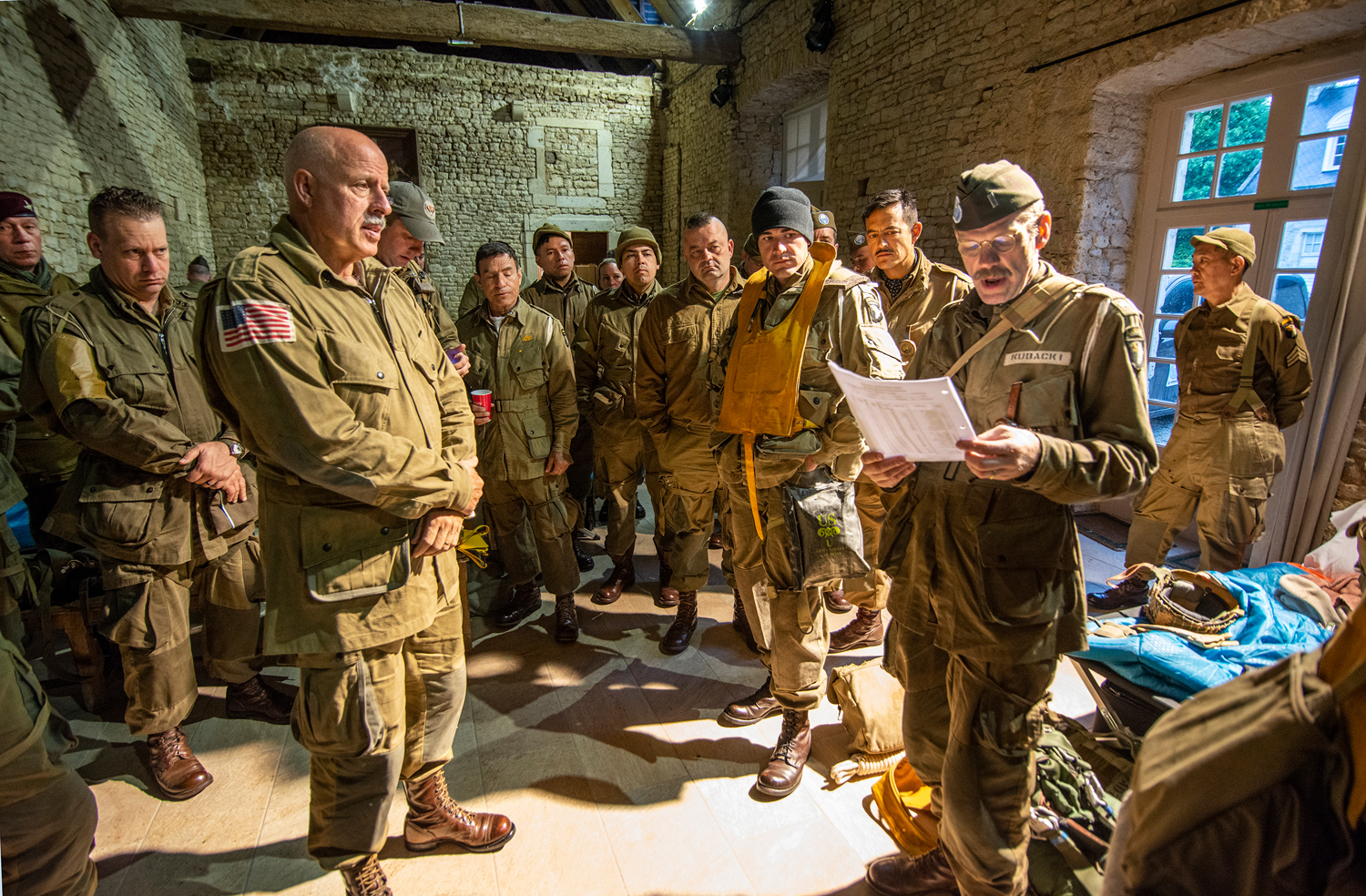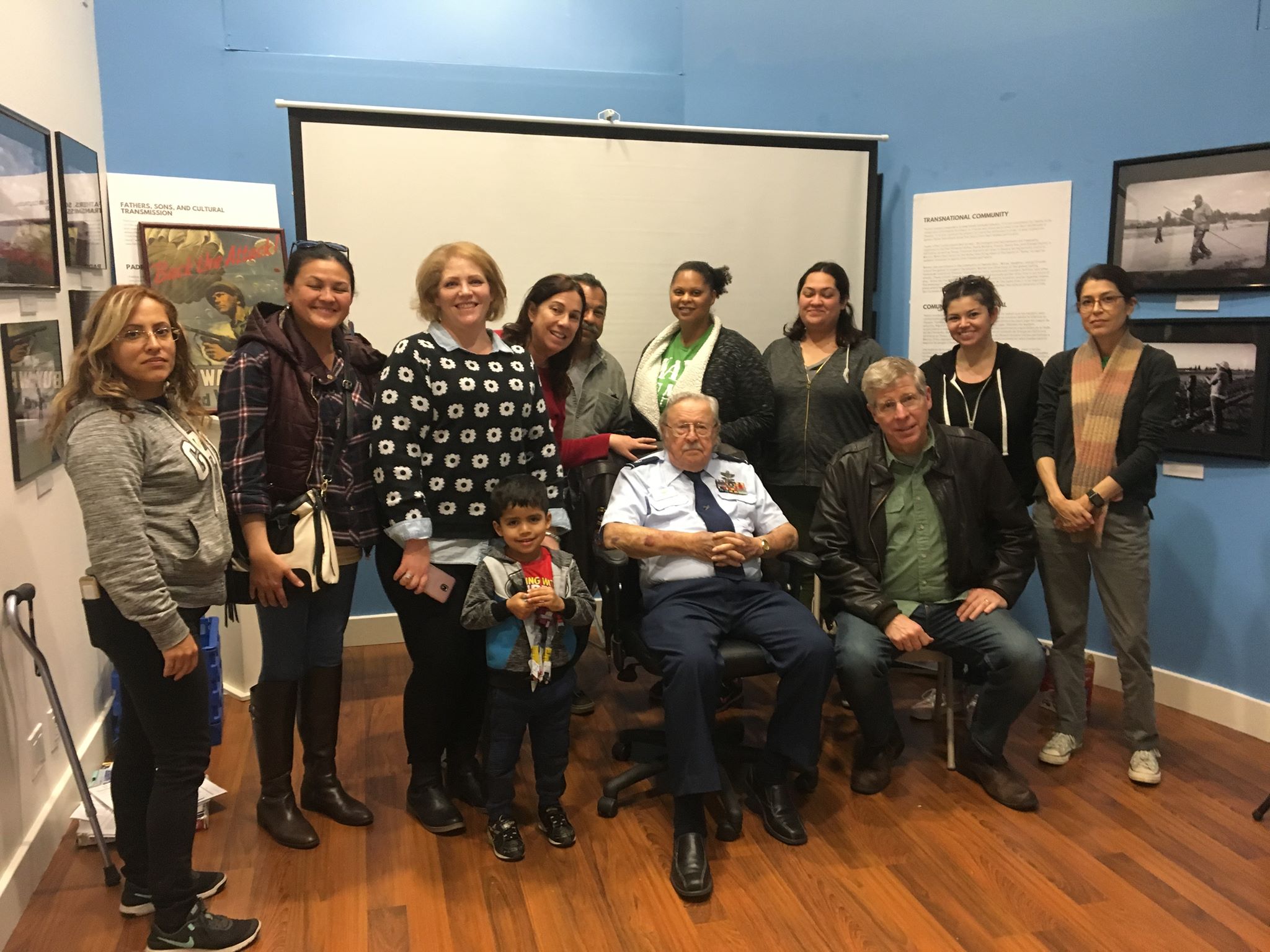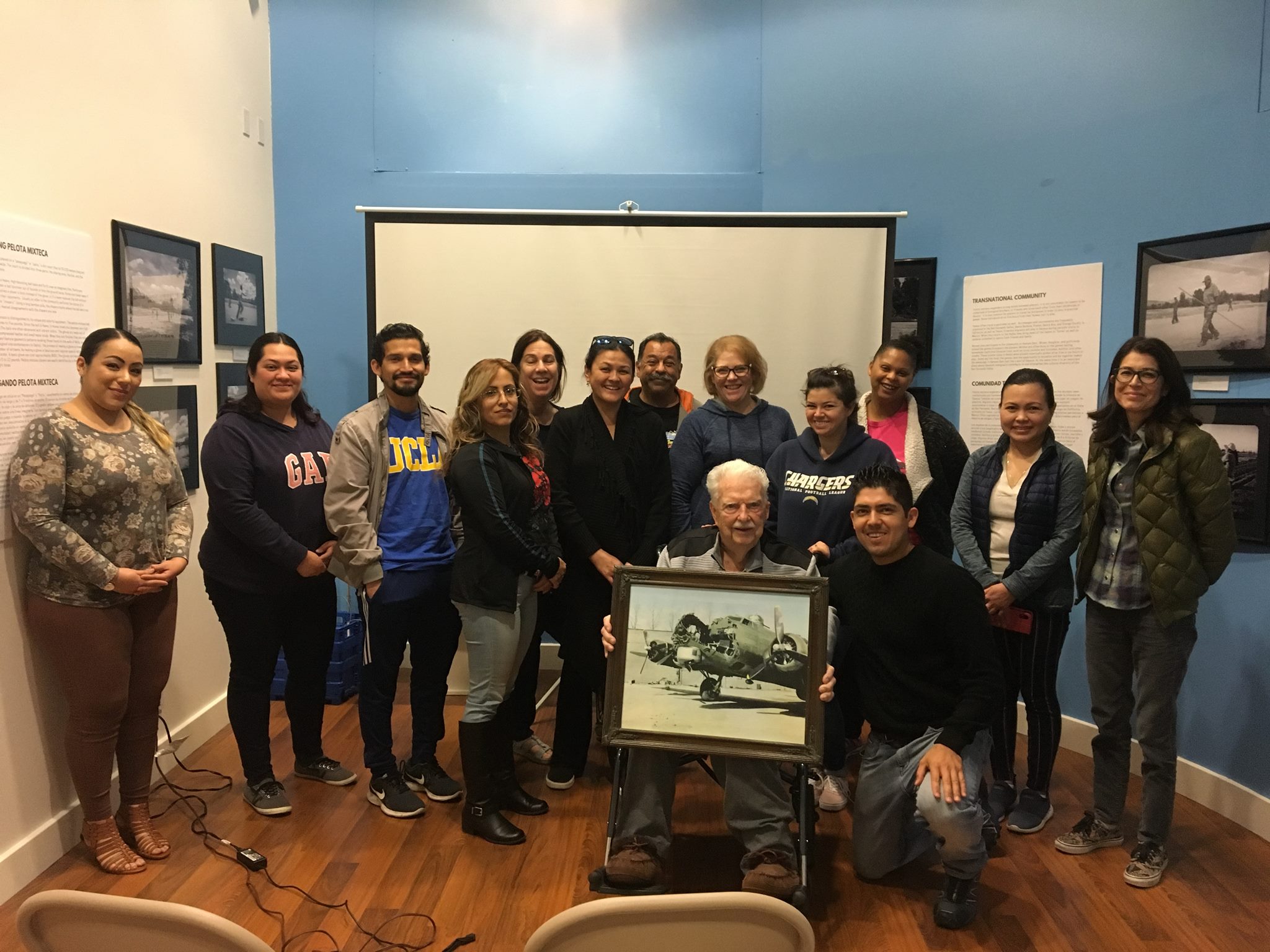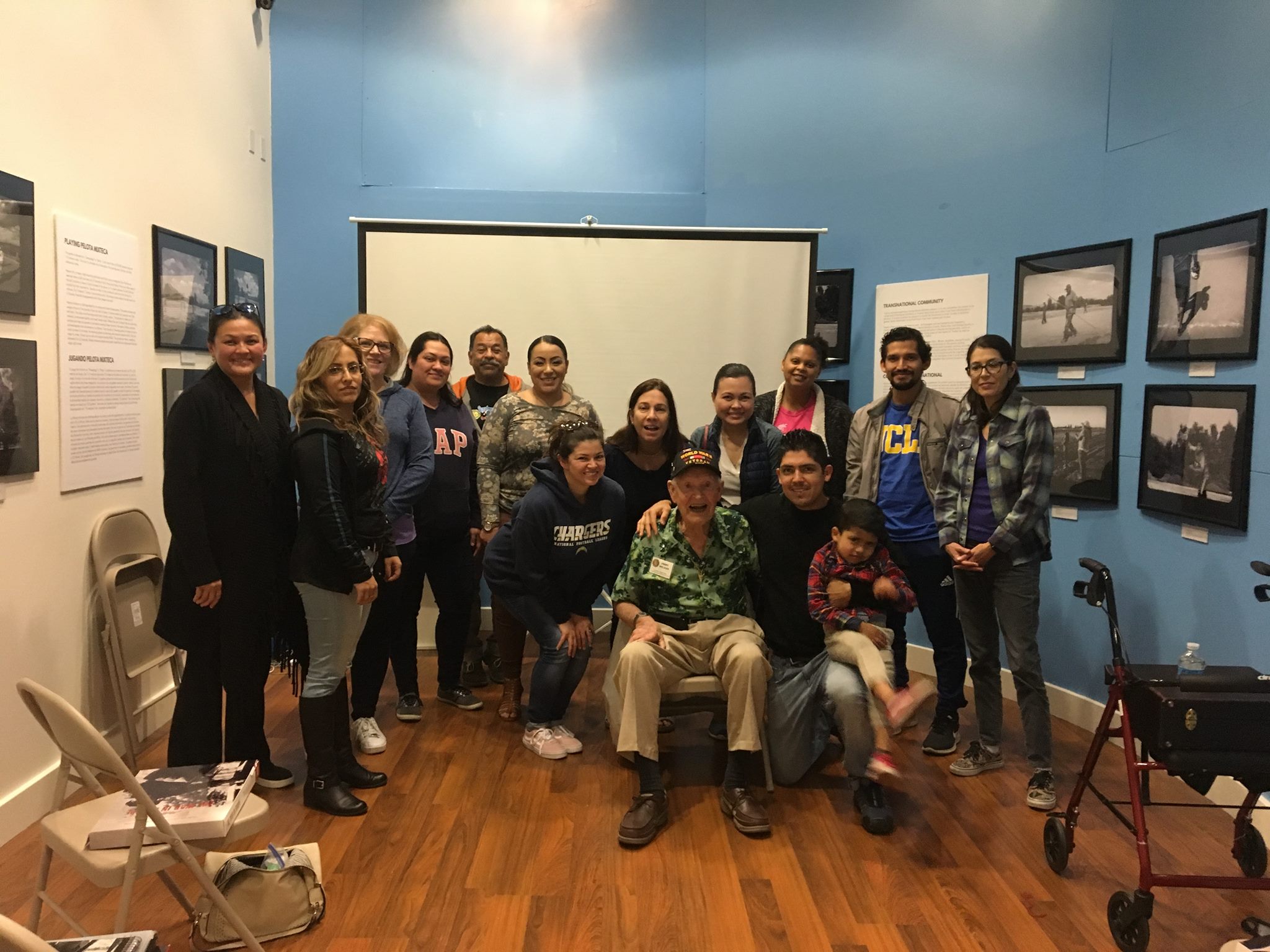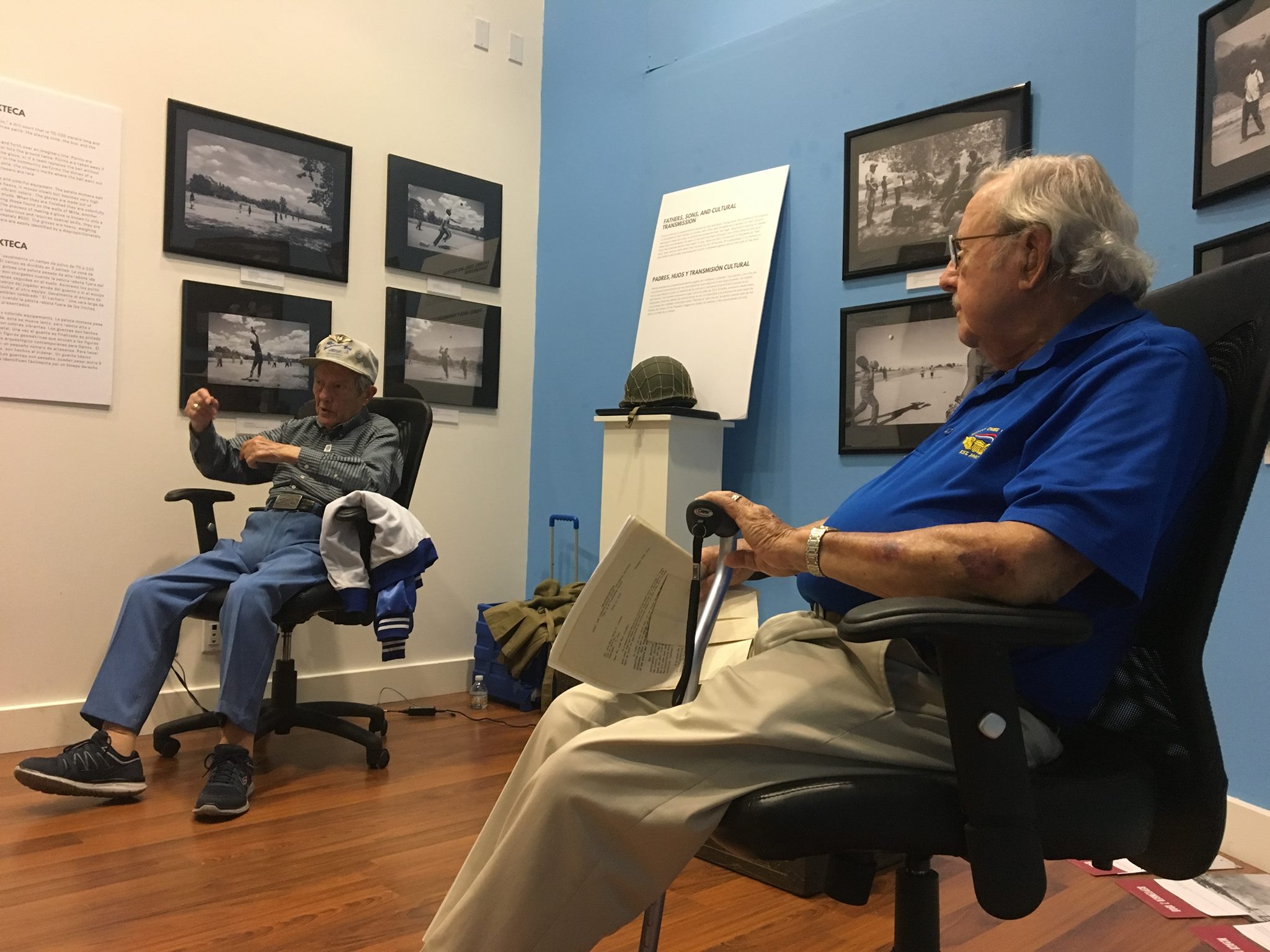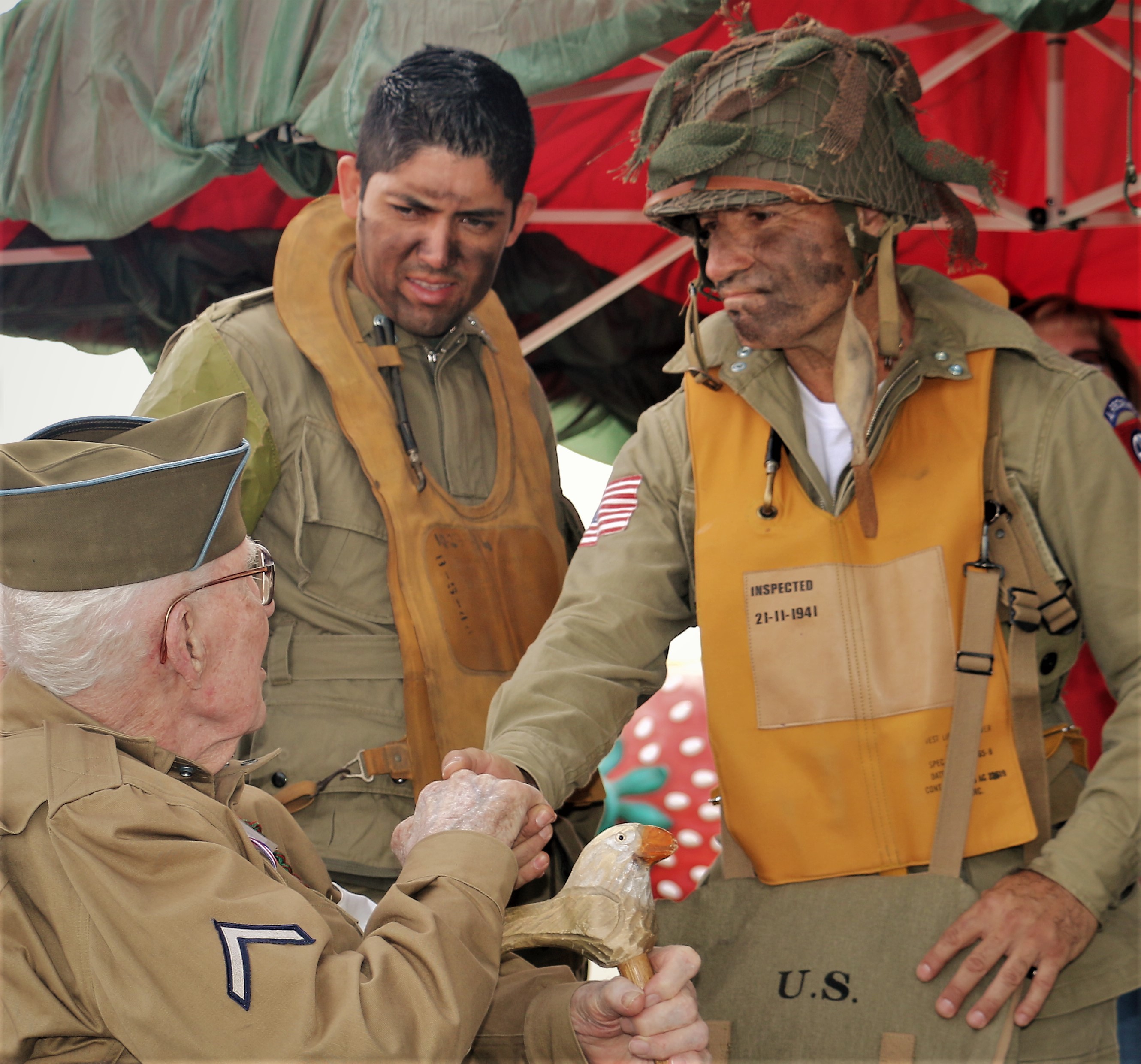Jue Joe Ranch. “Transition from farming to suburban community“. Location: 16600 &16608 Vanowen Boulevard, and 16631 Archwood Street. Van Nuys Tennis Ranch. Adjacent main house and swimming pool built by San Tong has been preserved.
For contextualization check out the LOST LA episode on the Pacific Rim: Pacific Rim and Becoming American: The Chinese Experience
Essential Questions: Is America a land of opportunity? Did America fulfill the dreams of immigrants? Should the United States limit immigration? Was the Chinese Exclusion Act of 1882 and the treatment of Japanese Americans during WWII justified or an unfortunate setback for democracy? Does the US have a fair and effective immigration policy? Emma Lazarus wrote a famous poem that now sits at the feet of the Statue of Liberty that says,
“Give me your tired, your poor,
Your huddled masses yearning to breathe free…”
Do you believe America has continued to fulfill the dreams of immigrants today?
INTRODUCTION
The San Fernando Valley was an important agricultural center in California until the population and housing boom of the post-WWII era. Not much of that bygone era exists today but we do still have a Chinese farming immigrant family’s last buildings including an asparagus packing house and a historic redwood barn (1st building and to the right was the original sleeping quarters) of a once 300-acre asparagus farm potentially totaling up to a 700-acre scattered ranch property. There is also a 1947 house and pool built by Jue Joe’s son, San Tong Jue. The homestead was self-sustaining with a gas pump, repair and auto shop, chicken coop, stable, fruit trees and plants.
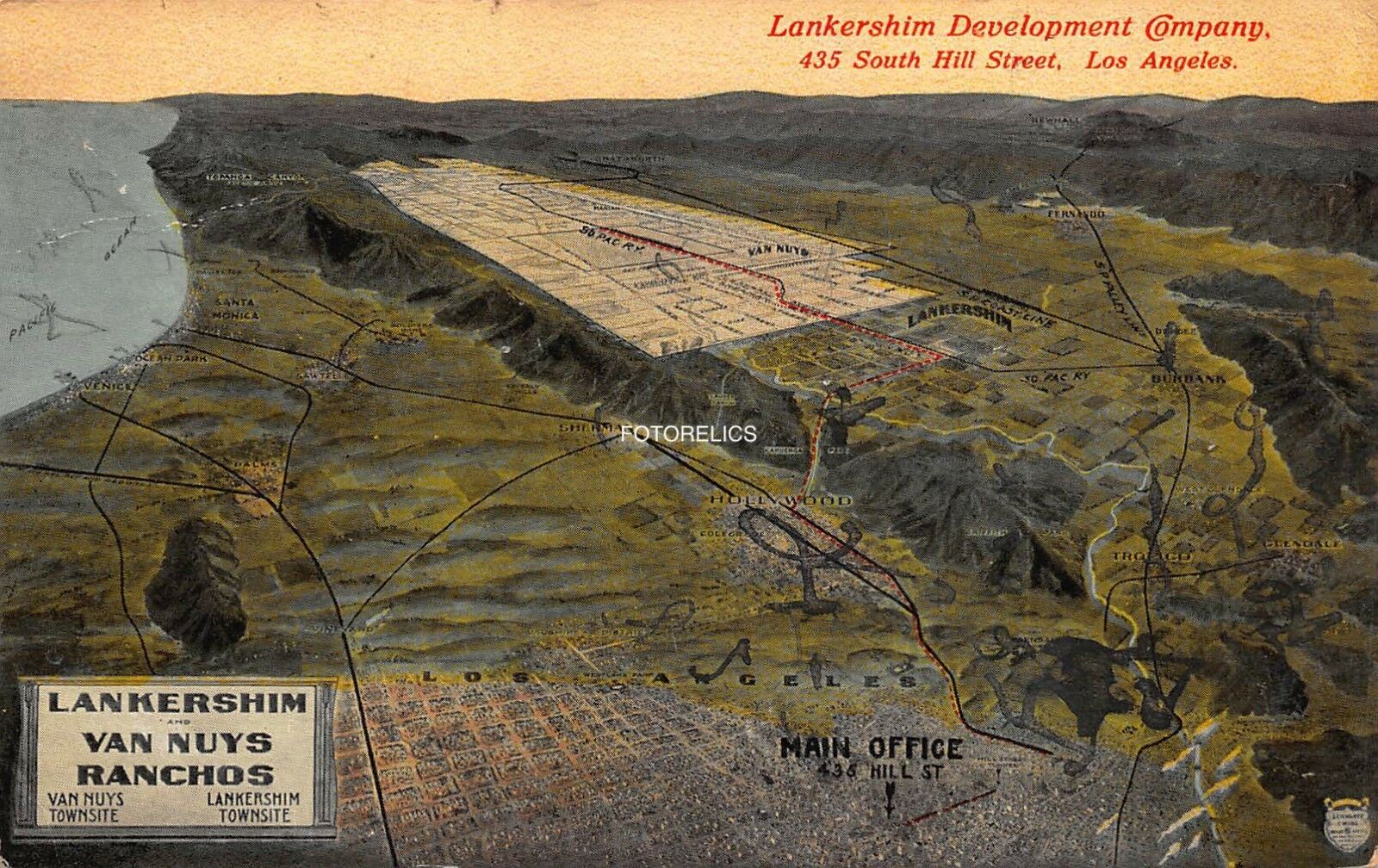
Lankershim & Van Nuys Ranchos Development Co 1911 Advertisement Postcard LA CA
Isaac Newton Van Nuys (1836–1912), a native New Yorker, was a rancher, farmer, and businessman and owner of the southern portion of the San Fernando Valley. His land extended across 15 miles from East to West and 6 miles North to South. In 1871, Van Nuys relocated from Northern California and bought into Isaac Lankershim’s the San Fernando Homestead Association. In 1869, Isaac Lankershim’s corporation purchased the southern half of the Rancho Ex-Mission San Fernando. Amounting to 60,000 acres and primarily used for raising sheep, Van Nuys introduced dryland farming with wheat in 1874. Two years later, the first grain cargo from California to Europe would be shipped from San Pedro’s Los Angeles Harbor.
By 1880, the Los Angeles Farming and Milling Company was formed as a successor to the San Fernando Homestead Association. After Mulholland’s Owens Aqueduct, land that had previously only been useful for dryland farming was then able to be converted to townsites and orchards and other irrigated crops.
In 1909, in the largest land transaction in Los Angeles County’s history, the Los Angeles Suburban Homes Company led by Harry Chandler, Isaac Van Nuys, James Boone Lankershim, Hobart Johnstone Whitley, purchased “Tract 1000”. It had been acquired from the Van Nuys and Lankershim-owned Los Angeles Farming and Milling Company. The remaining 47,500 acres of the southern half of what was once the Rancho Ex-Mission San Fernando land grant. It would include everything west of the town of Lankershim and south of Roscoe Boulevard all to the way to the Santa Monica Mountains and the Simi Hills with the exception of the El Escorpion and Los Encinos Ranchos. Three towns would be laid out: Van Nuys, Marion (now Reseda), and Owensmouth (now West Hills and Canoga Park) and to be incorporated into the city of LA in order to receive aqueduct water.
1911 Map File :file:///C:/Users/LAUSD_~1/AppData/Local/Temp/TR0019-001-Street%20planning.pdf
William Mulholland worked with the LA City Water and Power then with the LA Water Department which was then renamed the Bureau of Water Works and Supply with him as its chief engineer. The LA Department of War & Power was created in 1939, two years after Mulholland’s death. In November of 1913, Mulholland had helped inaugurate the Los Angeles Aqueduct saying, “There it is. Take it.”
The construction of the Owens River aqueduct provided the possibility for increased farming. This would prove to shift farming from wheat to crops needing sustained irrigation such as corn, orchards, walnuts; and citrus groves. As a response, in 1909 Los Angeles speculators such as the Los Angeles Times’ Harry Chandler formed a syndicate to buy out Van Nuys.
Van Nuys was founded in 1911 though Isaac Van Nuys was simply an honorary godfather of what would become the Valley’s center. Schools, libraries, streets, and a Liberty Ship were named in honor of Van Nuys.
By 1915, the initial annexation of the San Fernando Valley by the City of Los Angeles began.
———————————————————————————————————————————-
Various Chinese clans were instrumental in the farming business from 1915 to 1930 and into the 40s during the “Golden Age” of agriculture in the San Fernando Valley. They hired other Chinese, Mexicans, Filipinos, Germans, Italians, and later Japanese. The Bracero Program later brought in additional Mexican labor reinforcements to help with the war effort. Their selling off of their farms then later allowed the widespread subdivision of the SFV as we know it. And one of its most important farmers was Jue Joe.
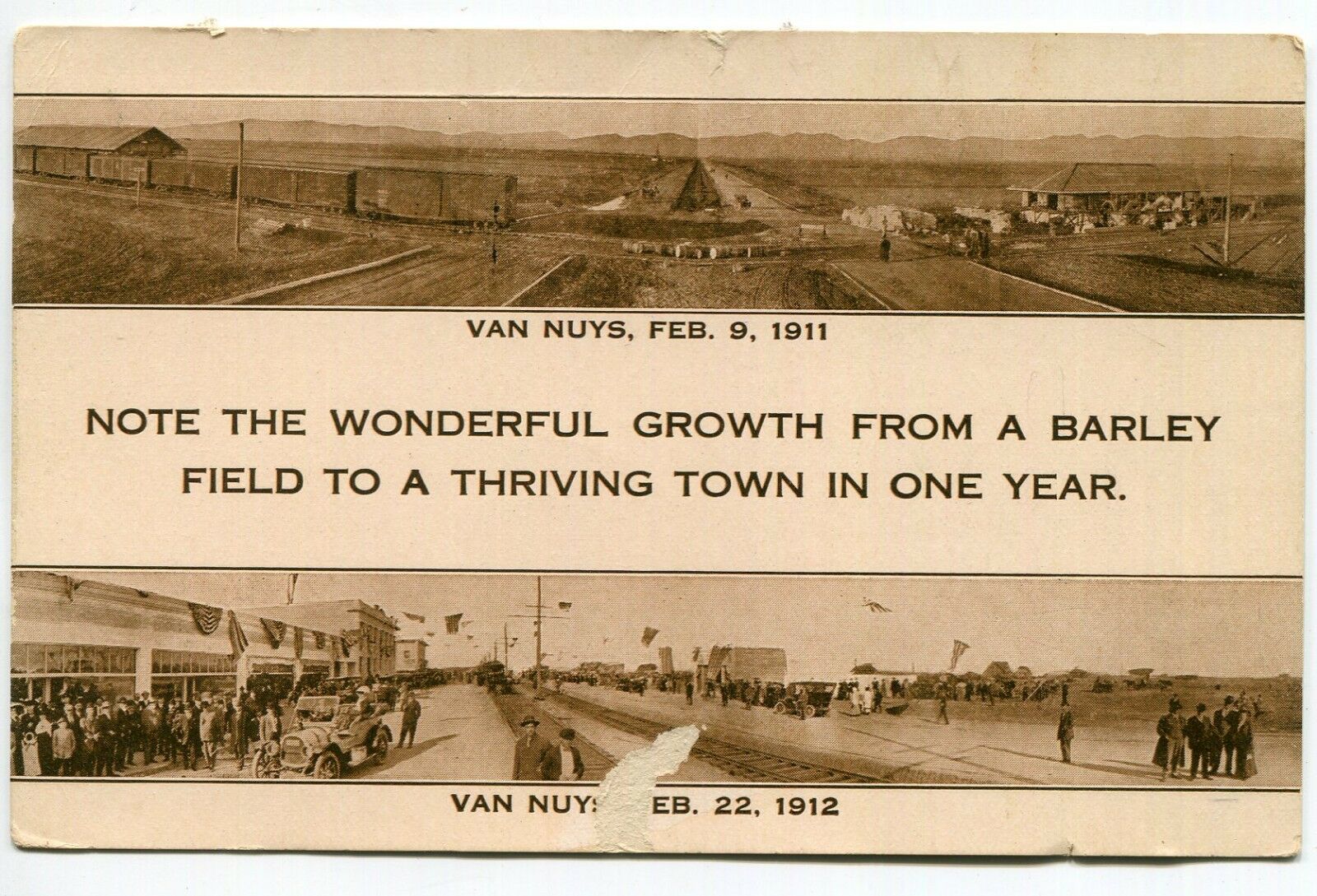
The Los Angeles Suburban Home Company had laid out plans for Van Nuys and Van Nuys Boulevard which was paved in 1911. Van Nuys city was then annexed in 1915 by Los Angeles. The population was 2,000. Annexation allowed Los Angeles to own the water that began arriving in 1913.
These photos were found in Clara “Lucky” Baldwin’s personal photo album.
JUE JOE
In 1874, the original owner of the ranch, a 18-year old (counting the one year in the womb according to Chinese tradition) Jue Joe immigrated from China to California. His granddaughter, Auntie Soo-Yin certifies he was a descendant of the Song Dynasty’s 2nd emperor, Zhao Gunagyi. In 1858, Jue Joe had been born in a chicken coop and grew up “dirt poor”. He sailed alone to San Francisco with only 16-lbs of rice as a cabin boy in a steamship. After a 5-week voyage while sleeping “steerage” on a wooden deck while working First-Class and arrived in America with only 1-lb of rice left. He then went to the Chinese Six Companies for help and was switched ships and sent to St. Helena and Marysville to work the vineyards. He then worked for the Southern Pacific Railroad. One story has it that while he was in the Mojave Desert he met Otto Brant. Both hoboed their way to Los Angeles. Otto went on to later found the Los Angeles’ Title Insurance and Trust Company, the largest one of its kind, and Jue Joe worked for Otto’s family as a houseboy. According to Jue Joe’s son, San Tong, his father learned how to run a business from Otto. Fortuitously for Jue Joe, Otto had met “The Big Five” of Harrison Gray Otis (LA Times owner), Harry Chandler (publisher and editor of the LA Times), and Frank Pfafinger (LA Times treasurer), and General M.H. Sherman (for which Sherman Oaks is named) and as a result they all became instrumental in the growth of the San Fernando Valley.
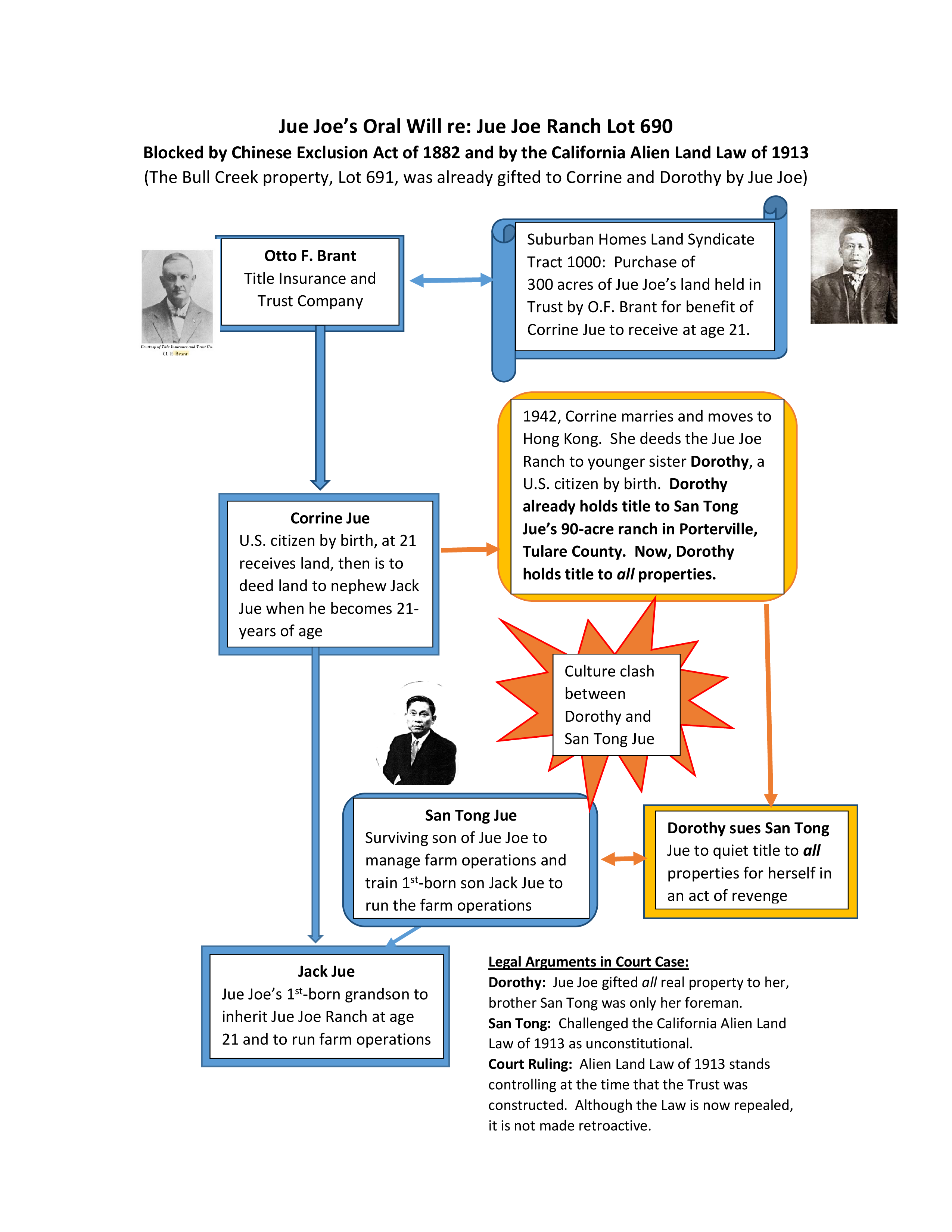
Disclaimer: According to his son San Tong Jue, Jue Joe’s surnamed derived from the Cantonese Chew, Jew, and Jue. His surname in Mandarin was Zhao. Therefore any of Zhao, Chew, Jew all meant Jue. His birthname was Song which was the same as Joe (in Song Dynasty). Thus, Jue Joe was also Zhao Song.
From 1890 to 1902, Jue Joe worked in Chatsworth for the Johnson family’s ranch (part of a land grant given to Kit Carson) and then in potato farming. Jue Joe continued to work a variety of jobs and made a fortune and returned to China in 1902. From 1902 to 1934, Jue Joe will go from having returned to China to returning back to the US and being hailed by the LA Times as “The Asparagus King. In that time, Jue Joe marries a Chinese national, Leong Shee and has two sons San Tong Joe and San You Jue or “Sam” (who later died in 1933 from leukemia). Four years later he leaves his family behind and returns to the US. In 1918, he arranges through a letter writer from old Chinatown for his family to travel from Hong Kong to San Francisco in 1st class. Jue Joe was illiterate in English though he did write a little Chinese. His family had thought Jue Joe had died in the 1906 San Francisco earthquake. Upon arrival, they were detained for two months at Angel Island for inspection. Oliver had prepared the immigration papers. They all spent one month in San Francisco to settle into America.
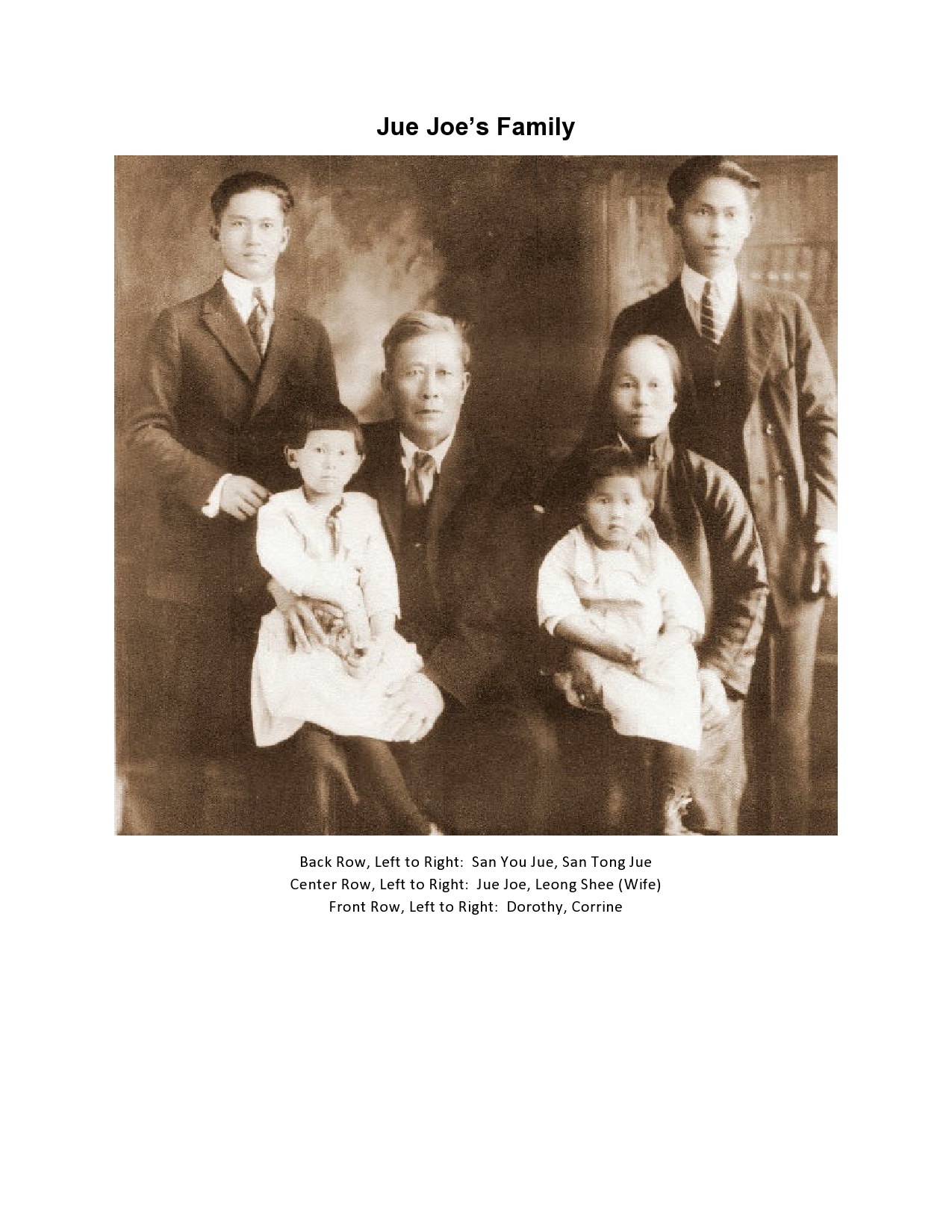
IMMIGRATION LAW HISTORY: During this period, the Chinese Exclusion Act of 1882 (https://www.ourdocuments.gov/doc.php?flash=false&doc=47&page=transcript) was the nation’s first major legislation and was approved by President Chester Arthur after having previously vetoed an earlier version. There were economic fears, largely by labor unions, on the West Coast, because nativist views attributed unemployment and lower wages to the influx of Chinese workers. The law prohibited the Chinese from gaining US citizenship and brought to an end Chinese immigration for the next ten years and then the Geary Act of 1892 extended the policy. The policy eventually became permanent in 1902 (the year that Jue Joe had left to China). It wouldn’t be until 1943 under the Magnuson Act that repeals exclusion against Chinese immigration and the Immigration Act of 1965 that eliminates the cap of 105 Chinese immigrants a year, ending an 80 year policy. The reason for the 1943 decision had to do with the US acknowledging China as an ally against the Japanese during WWII.
Meanwhile, the California Alien Land Law of 1913 had primarily targeted the Japanese but more generally prohibited aliens not eligible for citizenship to own agricultural land. The policy made it illegal for Asians to own or lease land for more than 3 years. One method around this was by using their native born children as title holders. Unfortunately for Jue Joe, his two older sons were born in China. And though it was legal for Asians to lease farm land, experiences varied. For example, Jue Joe had started as a potato farmer in Van Nuys with 20 acres and then Chatsworth with 40 acres but he would have to renew his lease every 2 years. When he purchased his farm with the help of his attorney Oliver, he switched to asparagus because the harvest life for asparagus was 12 years and did not leach the land as much as potatoes.
OVERCOMING IMMIGRATION RESTRICTIONS
Thanks to Otto, Jue Joe was able to circumvent anti-Asian restrictions. In 1909, Otto Brant’s “Los Angeles Suburban Homes Company, a land syndicate, was formed. With 30 prominent leaders as members including the California Bank and Santa Fe Railroad founder Grant, tract sub-divider Whitley, and Mr. Van Nuys as well as those referenced above. From Tract 1000, Van Nuys, Reseda (Marian), Canoga Park (Owensmouth), and Brant’s Title Insurance and Trust Company, were carved out. Small farms could be purchased from 1-10 acres and large farms from 100-600 acres.
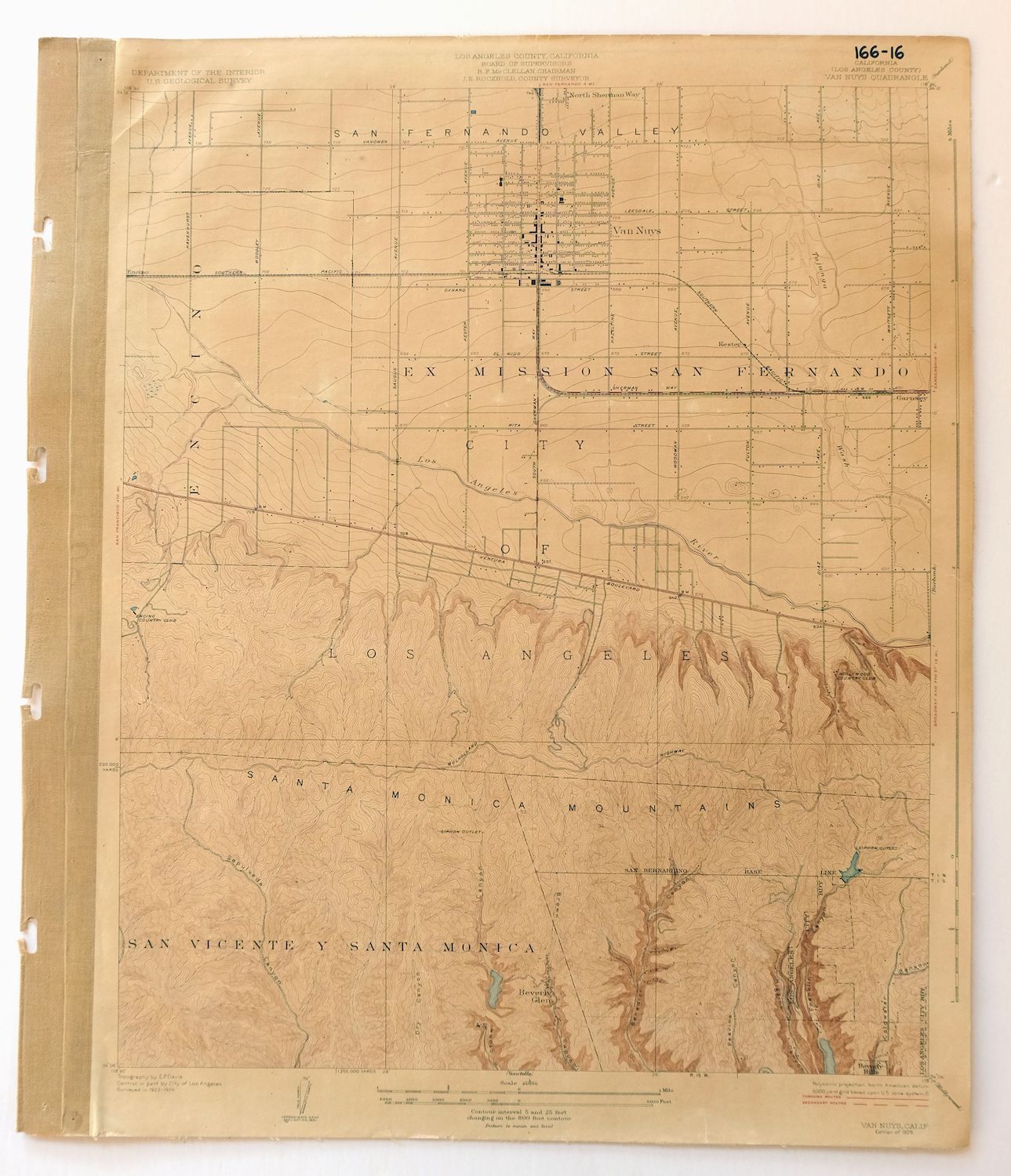
1926 Van Nuys Original USGS 7.5 Topographical Map
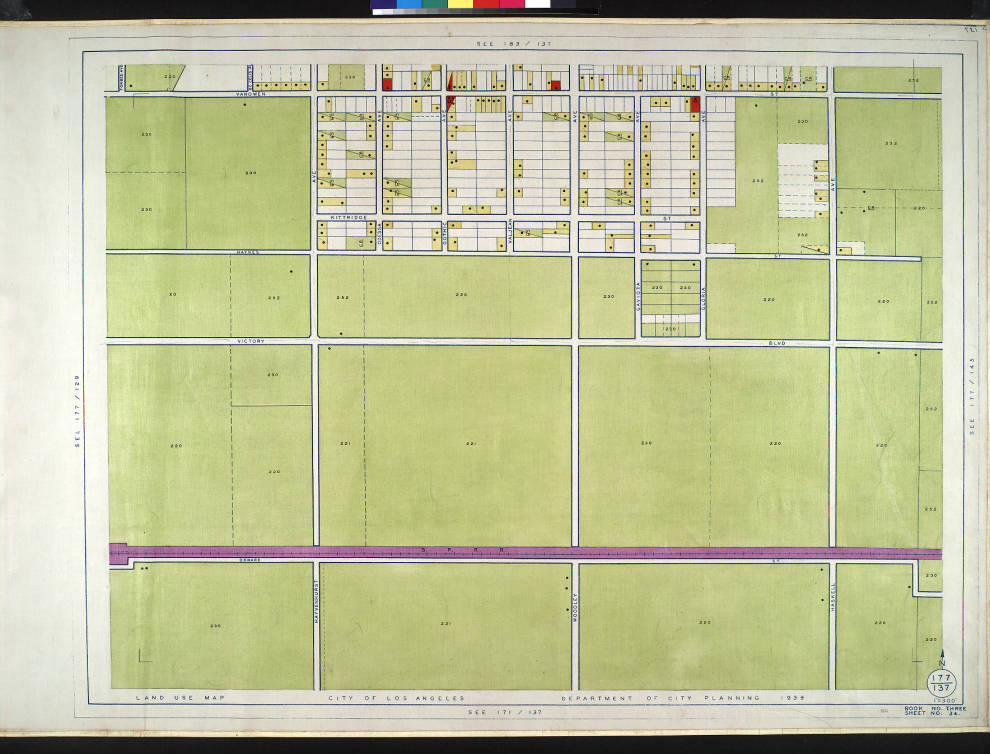
WPA 1937 Map- Victory Boulevard and Woodley Avenue
http://digitallibrary.usc.edu/cdm/compoundobject/collection/p15799coll120/id/484/rec/102
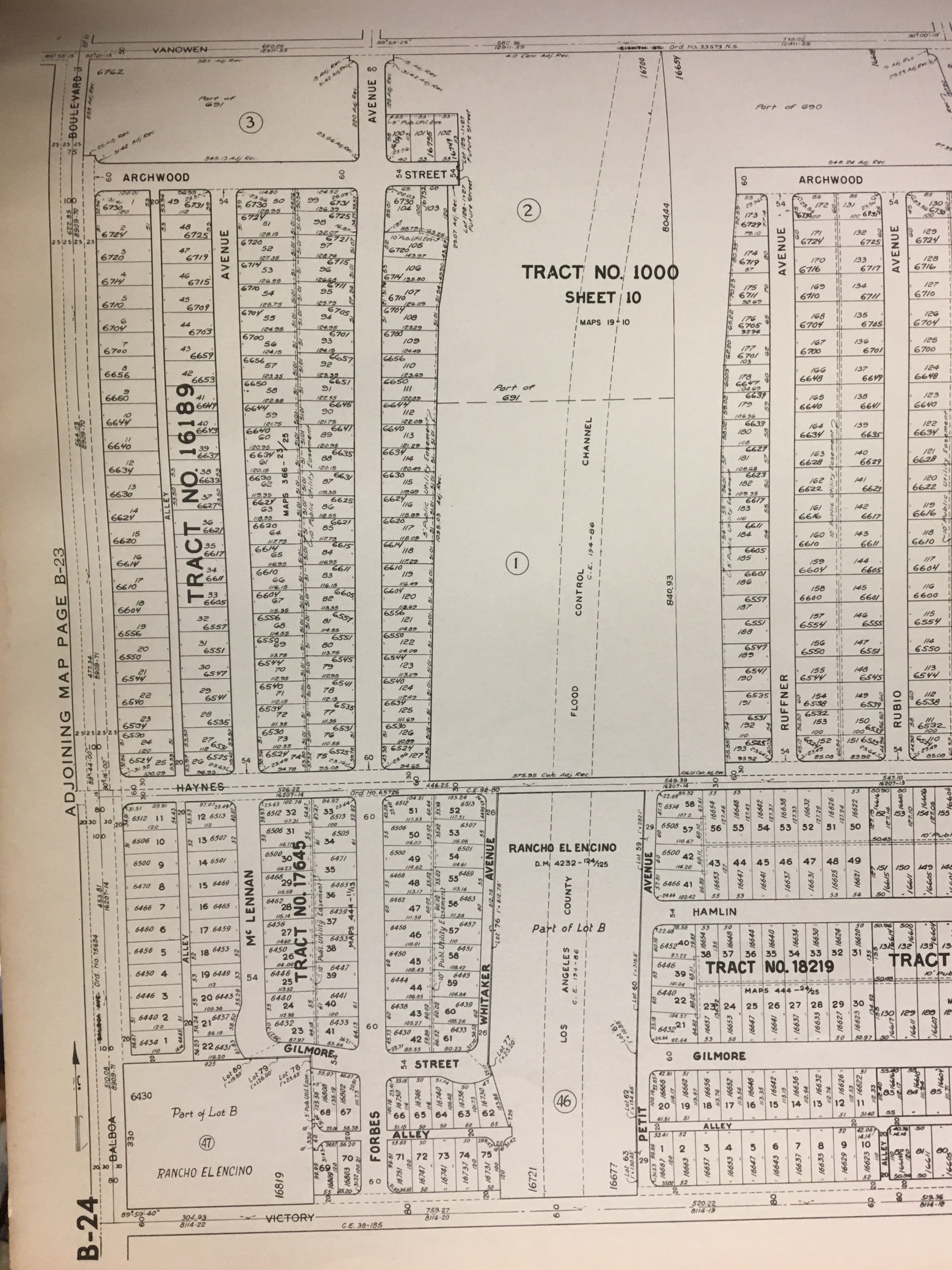
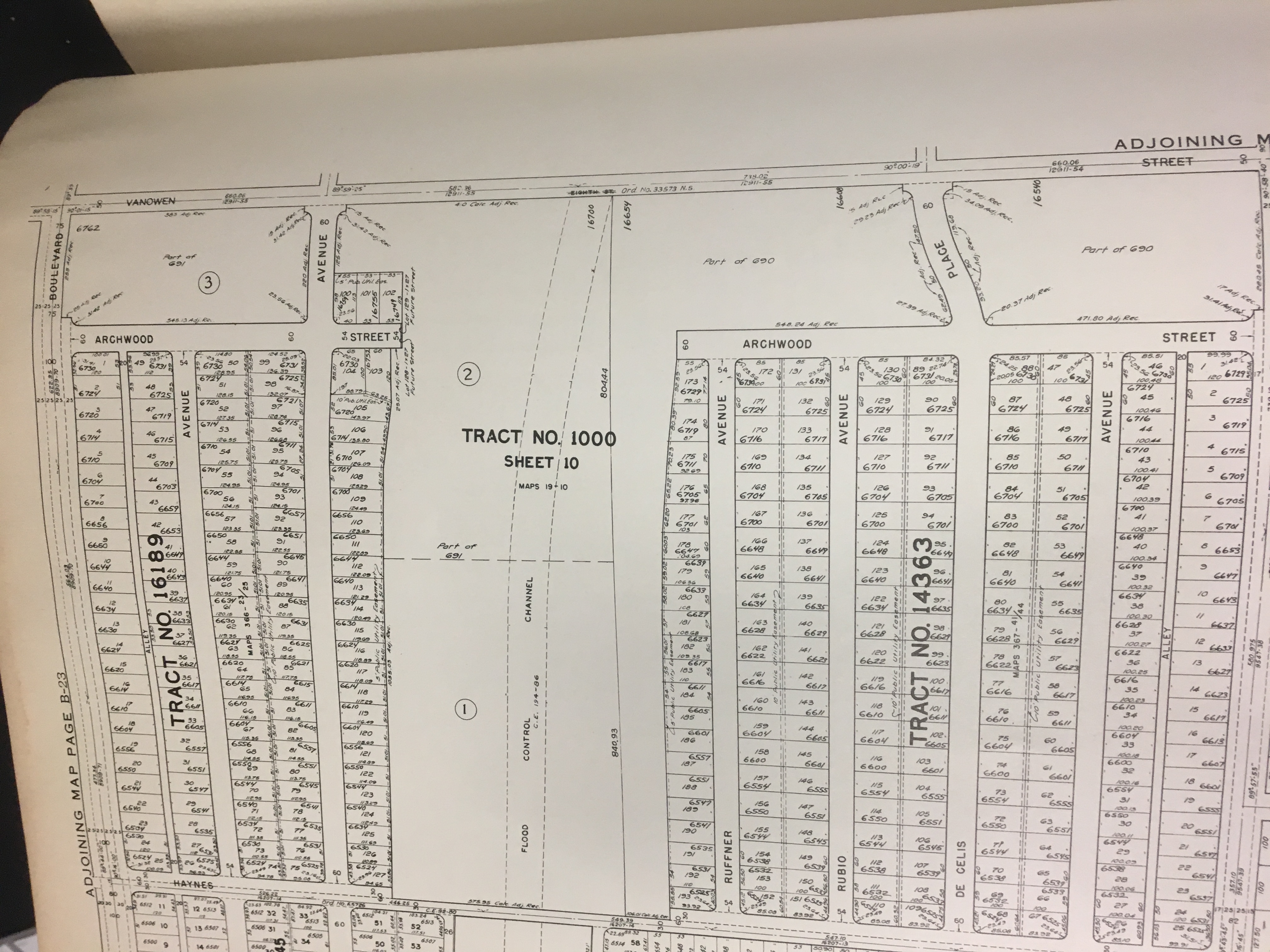
—————————————————————————————————————————————
By 1920, Jue Joe was able to secure 300 acres thanks to Otto Brant’s “Los Angeles Homes Company” land syndicate that included members Harrison Otis, Harry Chandler, as well as LA Water Commissioner Mulholland among others. The property extended from Balboa Blvd. to Hayvenhurst Ave. and Vanowen to Haynes Street. Otto Brant (and later his estate after he passed away in 1922) held Jue Joe’s property under a Trustee for his American born daughters, Corrine (and at first Dorothy). When she was of adult legal age, the deed was passed down to her in compliance with the original trust conditions. His Chinese born sons were left out of the deed because they were not naturalized citizens.
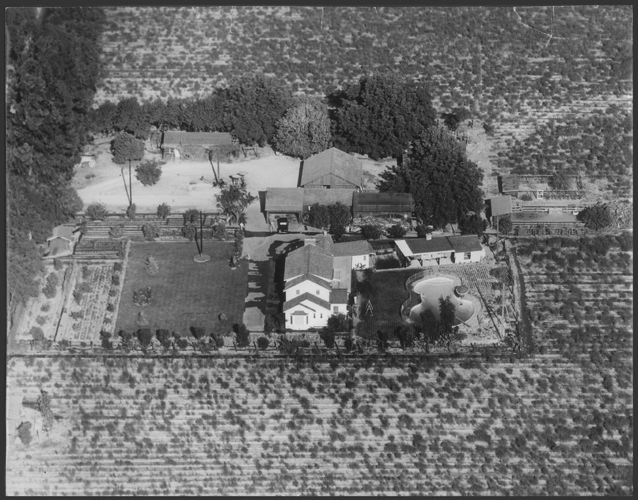
The property surrounded by farmland. Courtesy of Jack Jue (San Tong’s son). Circa 1949.
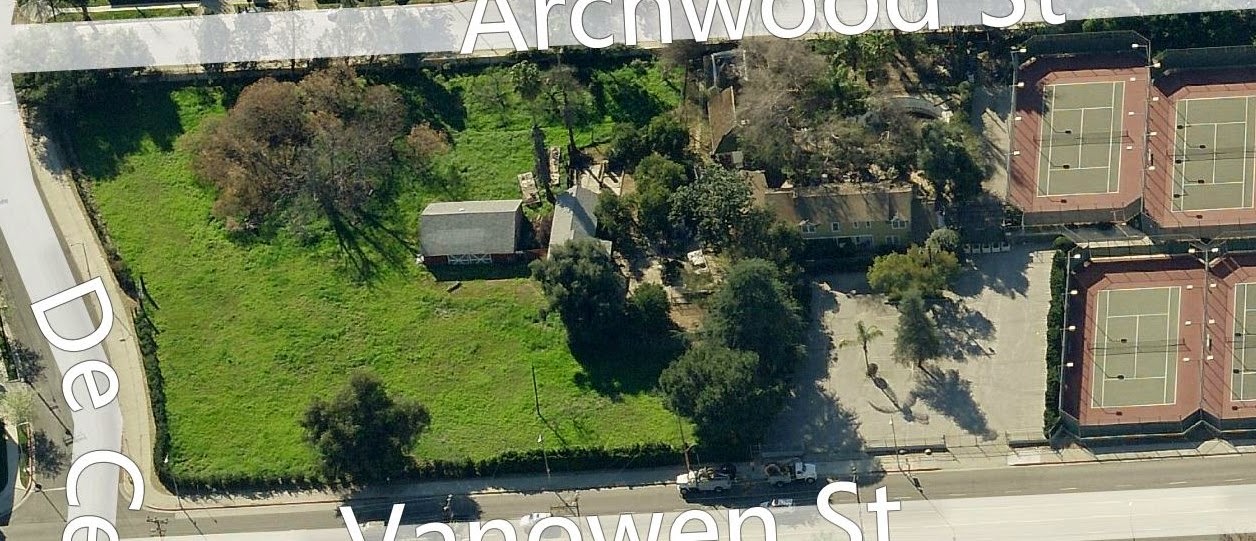
Modern day aerial view.
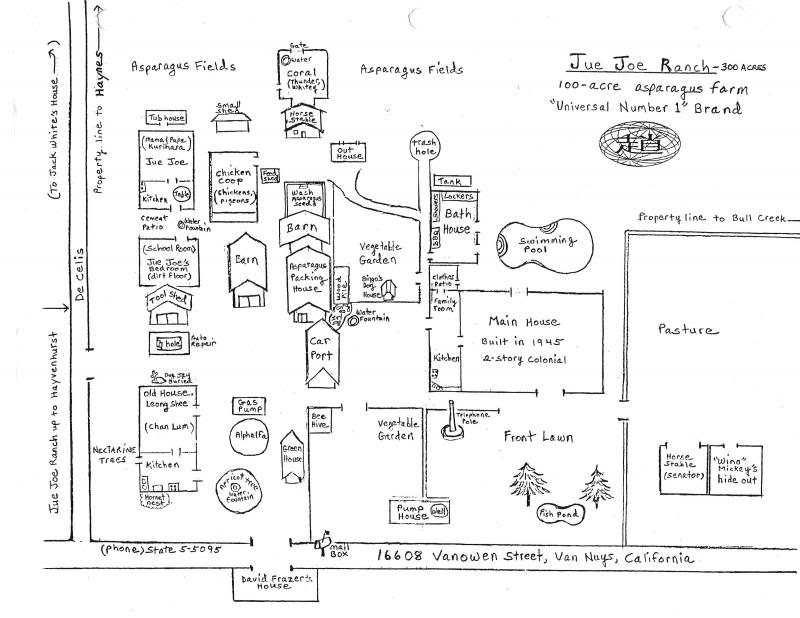
Auntie Soo-Yin (Jue Joe’s granddaughter) hand drawn plan of the Jue Joe Main Ranch House. Circa 1946.
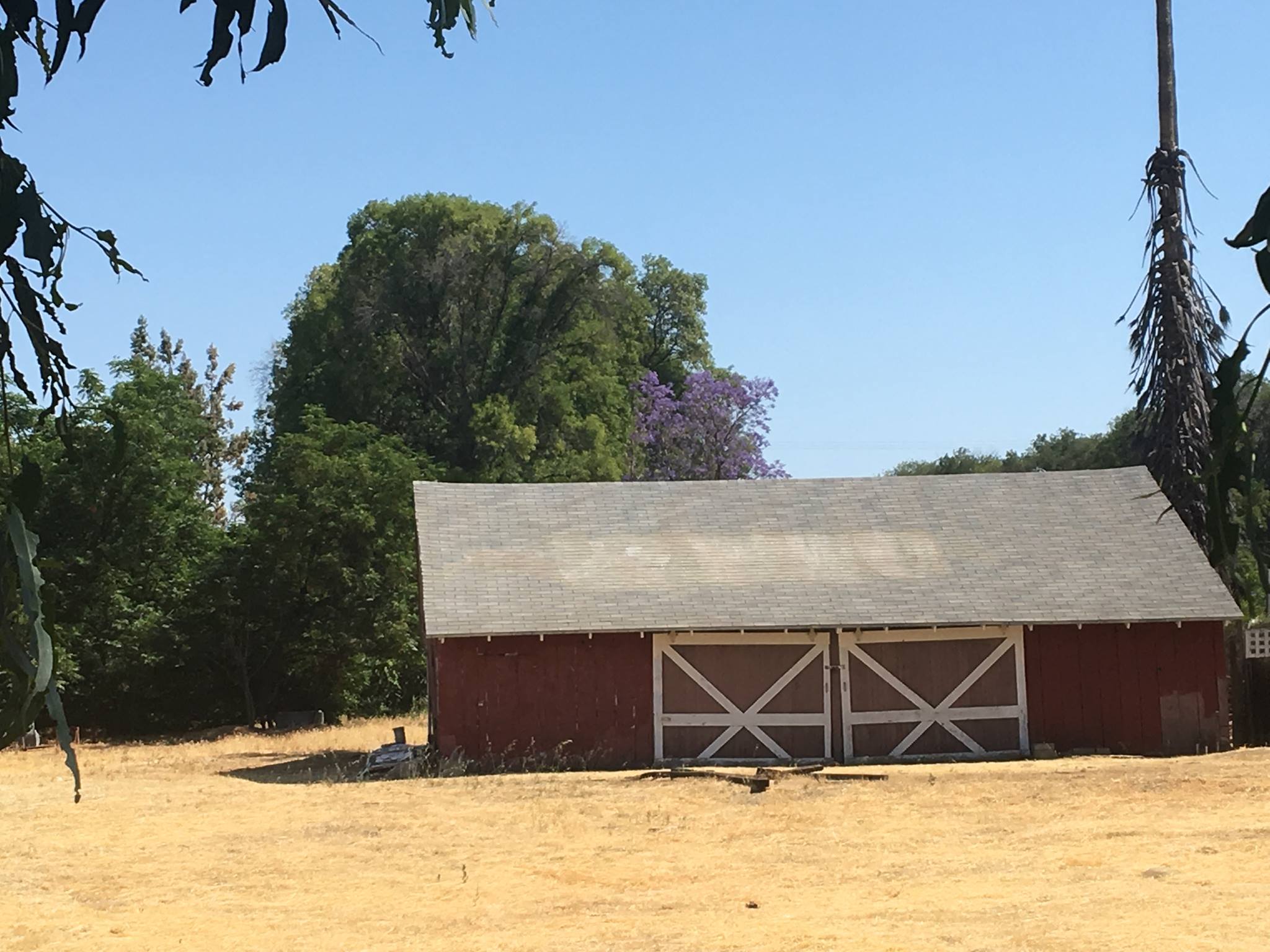
Author’s (Franky Ortega) picture taken facing south from Vanowen Street. Barn.
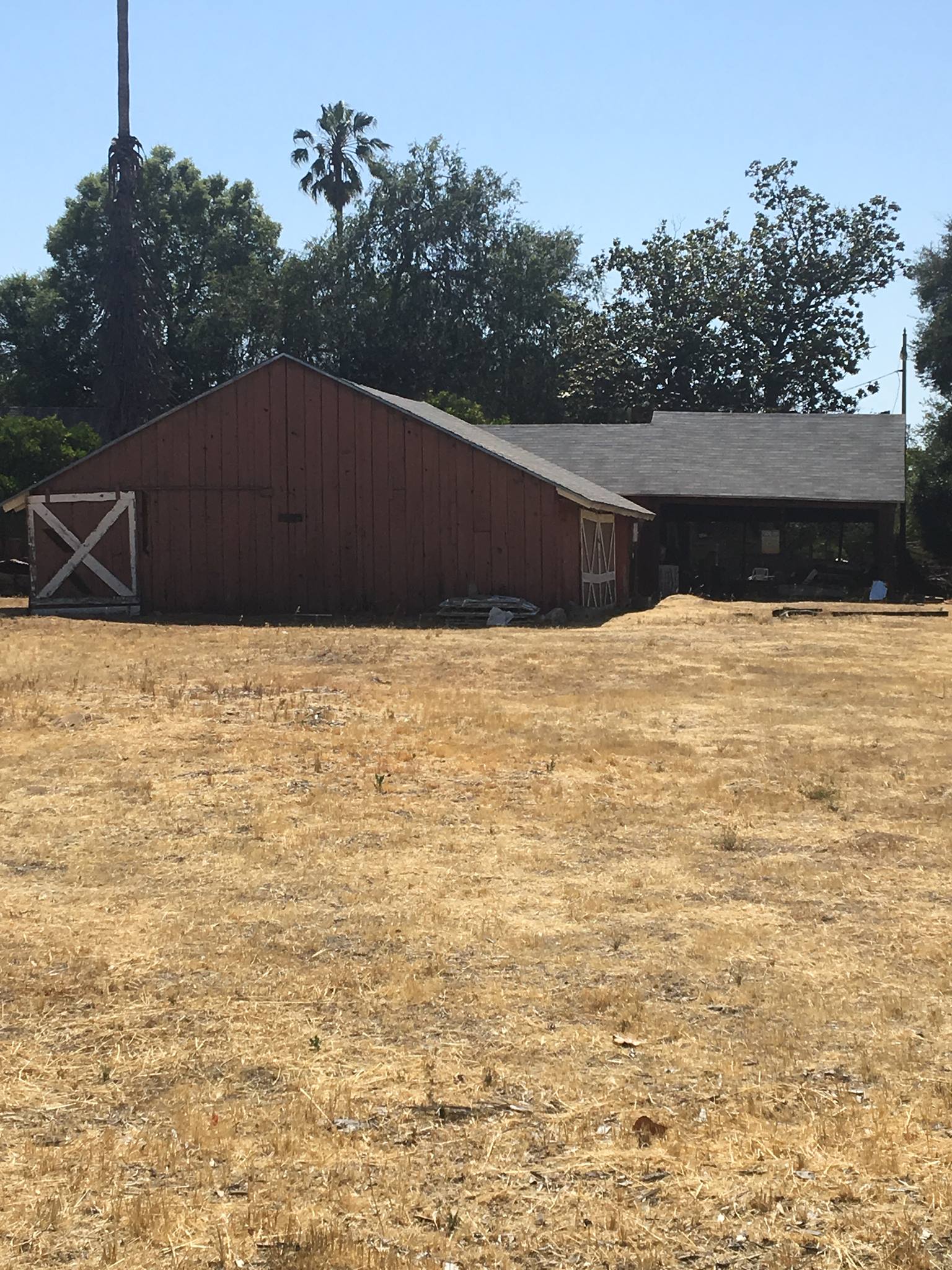
Author’s photo facing west. Barn with Asparagus Packing House in the background. This is also where Ritchie Valenzuela’s mother worked.
AMERICAN DREAM
By 1934, Jue Joe was recognized by the LA Times as the “Asparagus King” due to his 700 acre operation and the only one producing asparagus every month. He had added land purchased in Indio from Mr. Van Nuys himself. Keep in mind the difficulties with attaining US citizenship during this time period and it is quite admirable for a man like Jue Joe to find such success in the agricultural fields of the San Fernando Valley. Unfortunately, from 1938-1941, the business succumbs to the Great Depression and Jue Joe passes away.
Yet, Jue Joe’s granddaughter Auntie Soo-Yin remembers fondly growing up in the homestead in the 1940s,50s and 60s. “I loved our homestead. Our ranch was self-sustaining. We had our own gas pump, an auto- and repair shop, fruit trees of nectarines, oranges, pears, apricots, lemons, figs, walnuts, etc. We grew strawberries, grapes, corn, and vegetables of all kind. Behind the big red barn that faces Vanowen St. we had a large chicken coop.” Soo-Yin graduated from Birmingham High School in 1962.
Soo-Yin has fond memories of the ranch and remembers the Bracero Program workers who would be brought in by the government to work the farm to help the war effort. One of the conditions of the program was the Jack Jue, who operated the farm at the time from 1942 to around 1948, would deduct 10% of their wages and forward them to a Wells Fargo that was tasked with transmitting the money back to Mexico. Upon arrival back in Mexico many of the Braceros never received their money from the Mexican government.
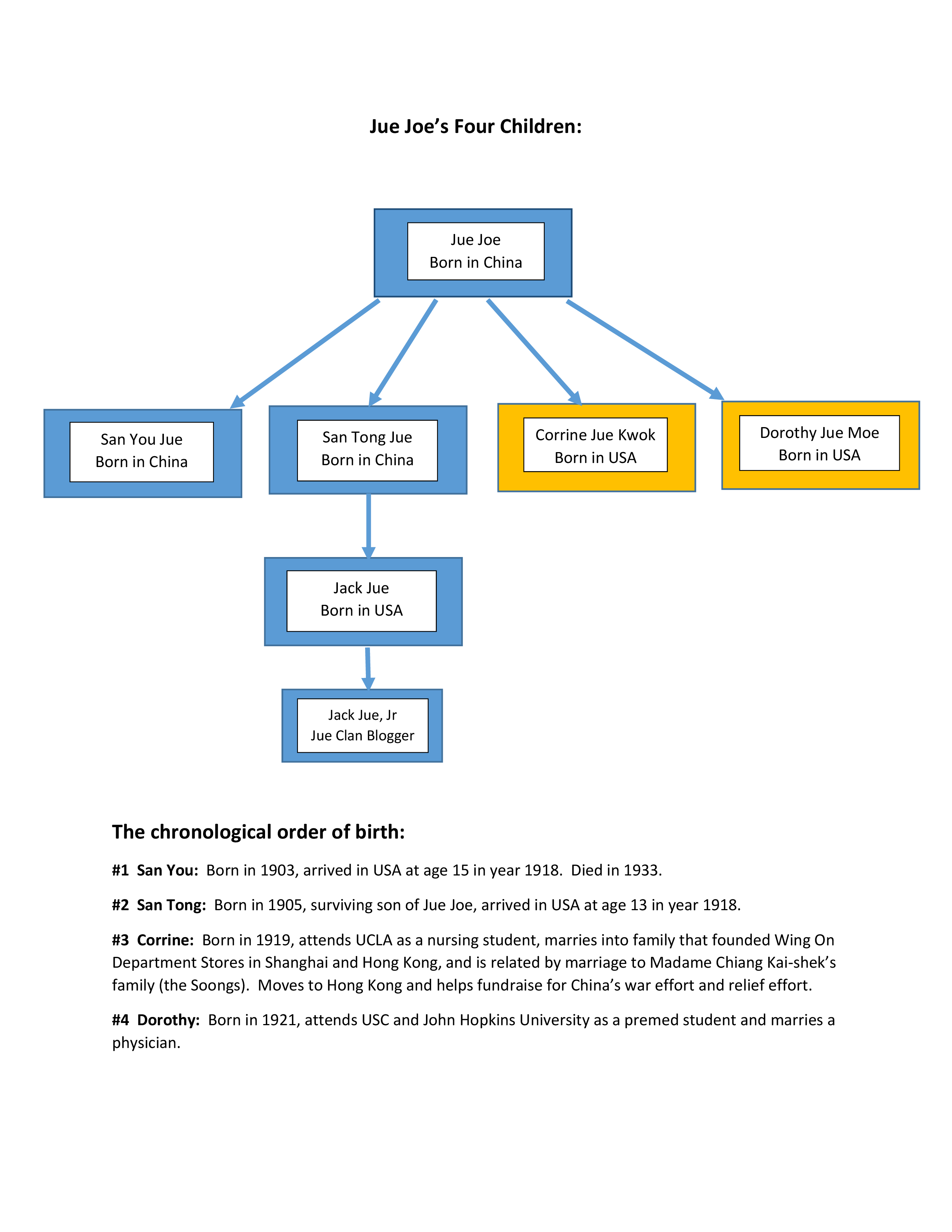
CONCLUSION
Thankfully, in 1946, 5 years after Jue Joe’s death, the Supreme Court in People v. Oyama had reversed further restrictions placed by an additional California Alien Land Law in 1920. The act had further limited aliens from placing agricultural land under a custodian’s name. By this time though, title of Jue Joe’s properties to his American-born daughters had left his non-naturalized son, San Tong Jue out of the deed.
In 1947, the main house that sits there today, was built by San Tong Jue, Jue Joe’s son, in honor of his father. By 1955, daughter Dorothy filed a lawsuit against San Tong Jue “claiming that San Tong Jue operated the family business on his own without accounting others and claimed he was the sole owner without recognizing others”. Corinne had given away her share to Dorothy. Maxine is also listed in some of the court documents. Leong Shee did not appear to be involved in the litigation. Dorothy had claimed that the land had been a gift to her and was never meant as a gift to San Tong Jue. The trial including an appeal would last two years from 1956 to 1958 and would include the 50 acre “Lot 690” in Van Nuys and the 90 acre “Tulare property”. Jue Joe had left no written testament or will and as a result San Tong Jue would be evicted and the farming business would come to an end.
However, litigation on behalf of San Tong Jue ensued in the case Jue v. San Tong Jue. Rather than challenge Dorothy’s claims directly, the new lawsuit on behalf of the father’s side challenged the validity of the Alien Land Act of 1913. It was first of its kind to do so. The reasoning was that if there was any indication that Jue Joe had attempted to circumvent the law at the time of his acquisition, that the land could be taken away by the government. So the case was made to claim that the Alien Land Law was unconstitutional on its own grounds. In some respects, the lawsuit was also a dynamic interplay between San Tong Jue who still held on to traditional Chinese customs including as to the ownership and management of the farm business and Dorothy who by this time had become Americanized who wanted little to do with running the family business. At one point, San Tong Jue looked to bring in witnesses from the old Chinatown to testify on behalf of Joe Jue’s oral will and testament wherein he was said to have stated his wishes that his business interests be carried forth by San Tong Jue, his surviving male child. This was quickly and inevitably quashed by Dorothy when she threatened to have said witnesses deported by exposing their respective violation of previous immigration restrictions.
The fragmentation of the property then in very real terms was a fragmentation of the family, permanently. A golden era of Chinese farming then would come to an end but the stories of the immigrants who came and achieve the American Dream continues.
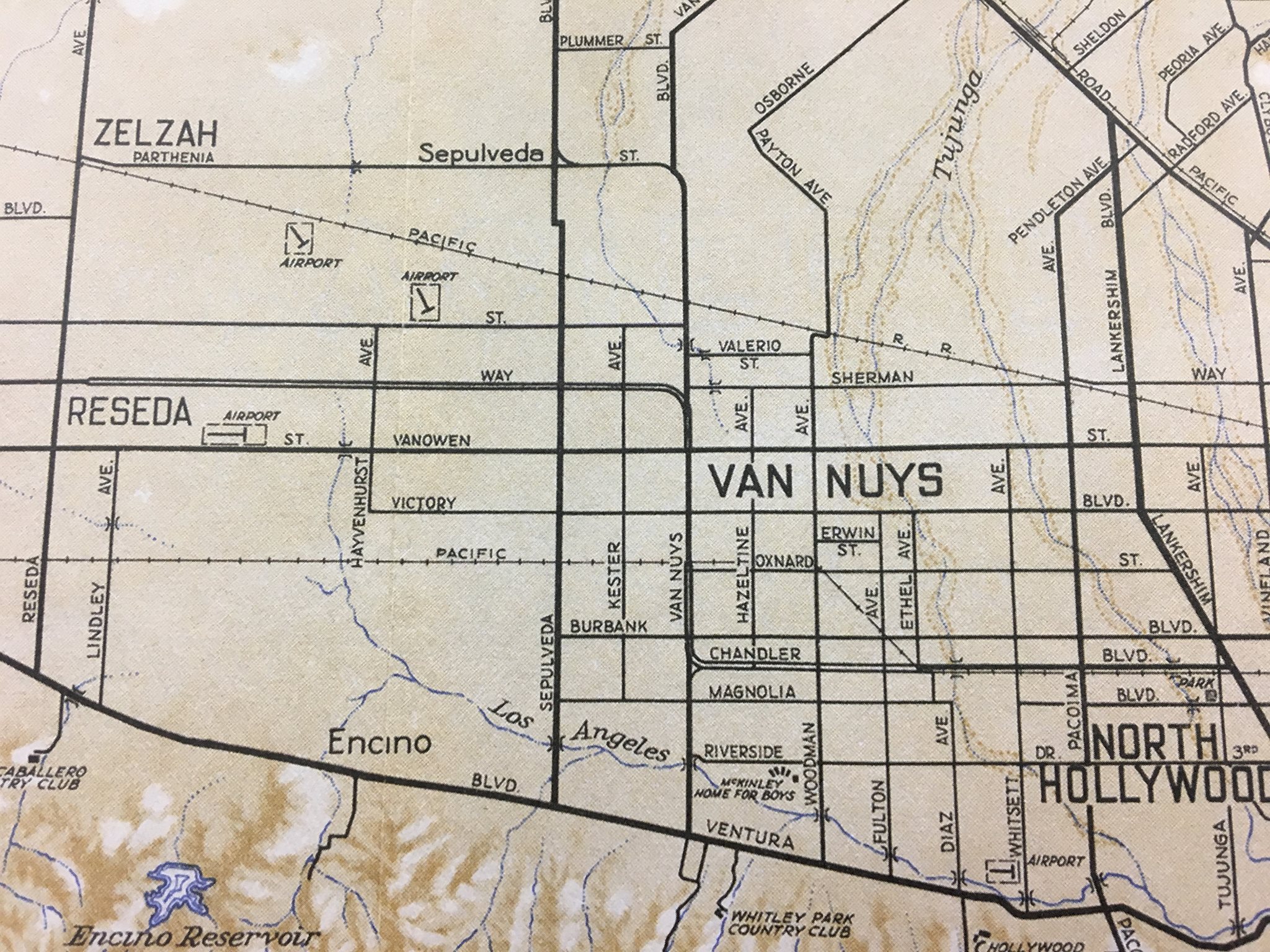
1930 San Fernando Valley Map
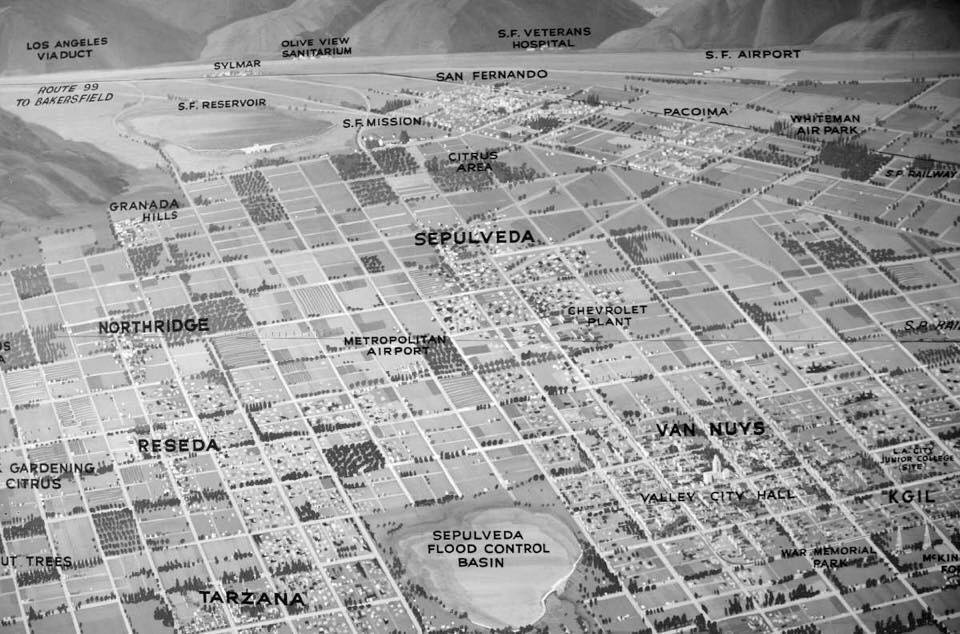
1940s Mural at NoHo-University City’s Chamber of Commerce
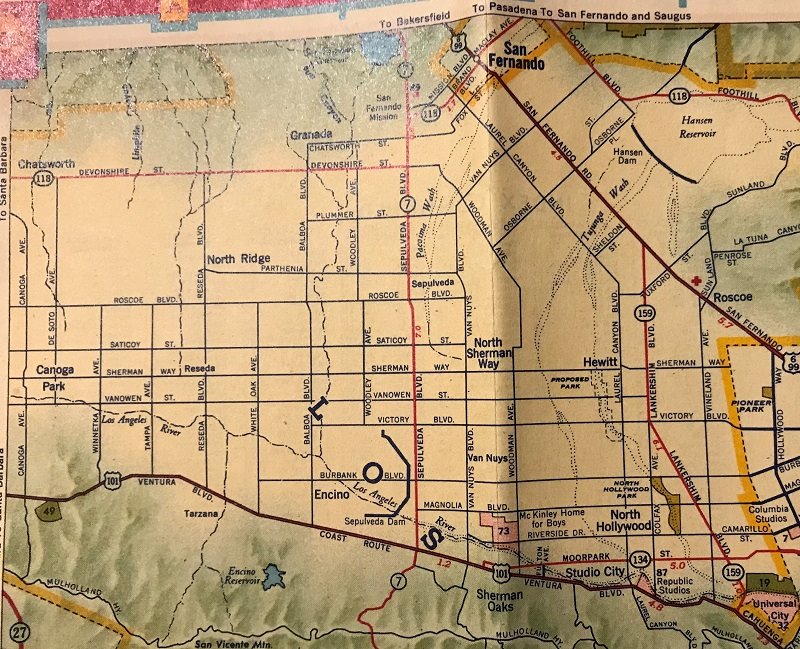
1942 San Fernando Valley Map
Source: https://www.courtlistener.com/opinion/2605982/jue-v-san-tong-jue/
Source: https://law.justia.com/cases/california/court-of-appeal/2d/136/657.html
IMMIGRATION DEFINITION
Excerpt from the article’s author, Francisco Ortega, published in Economics: The Definitive Encyclopedia from Theory to Practice: https://www.abc-clio.com/ABC-CLIOGreenwood/product.aspx?pc=A3531C
IMMIGRATION: Global Overview. Immigrants move to a country with the aim to settle permanently, with the aim of returning home after an extended settlement, or are undecided at arrival as to how long they will remain. ‘Push’ and ‘pull’ factors are the driving agents that motivate immigration. Push factors could include civil unrest or bleak financial outlook in the home country emigrants are leaving; pull factors could include political stability or a strong economic infrastructure in the country migrants have chosen to immigrate to. Often, people are encouraged by both push and pull factors to immigrate to a given country. For example, a person may decide to leave their home country due to few economic opportunities available and choose to enter a country with a relatively high level of political stability versus a wealthy but tumultuous country. A country is more likely to encourage immigration from skilled or wealthy individuals than low skilled and poor individuals.
Economic migration, also termed labor migration, is migration in which an individual leaves one country for another due to perceived improvements in the country one is migrating to. In order for a migrant to leave their home country, the available earnings must be relatively high and the traveling costs minimally low enough to offset the necessary expenses of immigration. In the event that the appraisal of wages in the new nation does not surpass the estimation of wages in one’s local nation, he or she may not decide to relocate since the length of one’s stay in the new country may not be sufficient as to help offset the costs. As a case in point, during the mid to late 1800s, the United States experienced high levels of immigration due to a rapidly expanding economy. Generally, low skilled individuals in developing countries can improve their wages by transferring their labor to more developed nations.
The effects of economic migration are multiple. In the short term, the migrant’s country of origin may experience benefits and incur costs but in the long run may stand to net a significant loss. This is generally true of highly skilled scarce workers. On the receiving end, the migrant’s country of destination may benefit from an increased pool of highly skilled and previously scarce labor force. However, an increase of high skilled laborers from generally developing nations, also known as brain drain migration, might mean decreased wages for domestic workers. Some of the undesired unintended consequences of migration due to an overabundance of certain types of labor can lead to housing shortages in certain neighborhoods and segregated cities.
MEMORIES
One of my favorite stories comes from Auntie Soo-Yin:
“Early San Fernando Valley history was ranch culture. It was home to many interesting families. One of our neighbors was an old retired German couple. They had been spies for the American military during WWII. They had infiltrated Hitler’s inner circle and had provided very valuable information. So valuable that they eventually were captured by Hitler’s SS and were placed before a firing squad. Seconds before shots were about to fire our American spy network managed to free the couple and spirit them back to California. They told my father San Tong their story without any expression on their faces. To my father they seemed very brave and good people but cold and steady as steel in their outward appearance. Mostly, the German couple kept to themselves. There was a gypsy family that worked on the Van Nuys ranch for awhile. They lived in their own culture and camped on the grounds. And then there was “Wino Mikey”. Mikey had worked on our ranch for one season but spent most of his hours in the city’s slammer for drunkiness. He had no home or family and so he’d crash for the night in one of our horse’s stable, the stable that later became Guy’s horse “Senator’s” stable. At first San Tong tried to pursuade Mikey to leave, but then gave up and told Mikey he could stay as long as he did not make any trouble. So strays like Mikey became part of our extended family. He used one side of the stable as his latrine, the side that faced the strong afternoon sun, and he was nice to my siblings and I.
Ramon Navarro was a favored family member, too. He was also Ritchie Valen’s stepfather by common law. Ramon was a very good worker, loyal, and a very gentle man. Whenever Immigration Marshals came after him on the ranch my father would hide him in a bathroom adjacent to our family room. Shades pulled down, we were ordered not to say a word, and, “For heaven’s sake,” said my father, “muzzle our mutt Bingo so he won’t give Ramon away!” After Ritchie Valen’s biological father who was a musician died, Ritchie came to live for awhile with Ramon and Connie (Ritchie’s mother)and his half siblings on our ranch. He was always drumming on field boxes and singing. When he was twelve years old he threw a rock at a beehive. The bees went mad. The Mexican workers ran for cover in all directions. And San Tong had to shut down the farm for three days. When the coast was clear I went outside to look at the splayed hive. I remember seeing pieces of beeswax scattered about on the ground, and I picked up one piece to play with. Bingo was a mixed black terrier and was a puppy when Shorty (who had worked on the Jue Joe Ranch for three generations) gave him to us. Bingo loved Jalapeno cheese and rolled in horse shit to keep the flies off his fur. He would not let us wash him and so we pet him with our feet. He was king of our grounds and of our packing house operations. He was the best watch dog we ever had. But the milkman hated Bingo. And he had the leg tatoos to show why. Bingo only liked a Japanese fish man who rolled up our driveway in his green truck to sell fresh catch. The fish man always threw Bingo a squid.”
http://juejoeclan.blogspot.com/2010/06/ranch-house.html
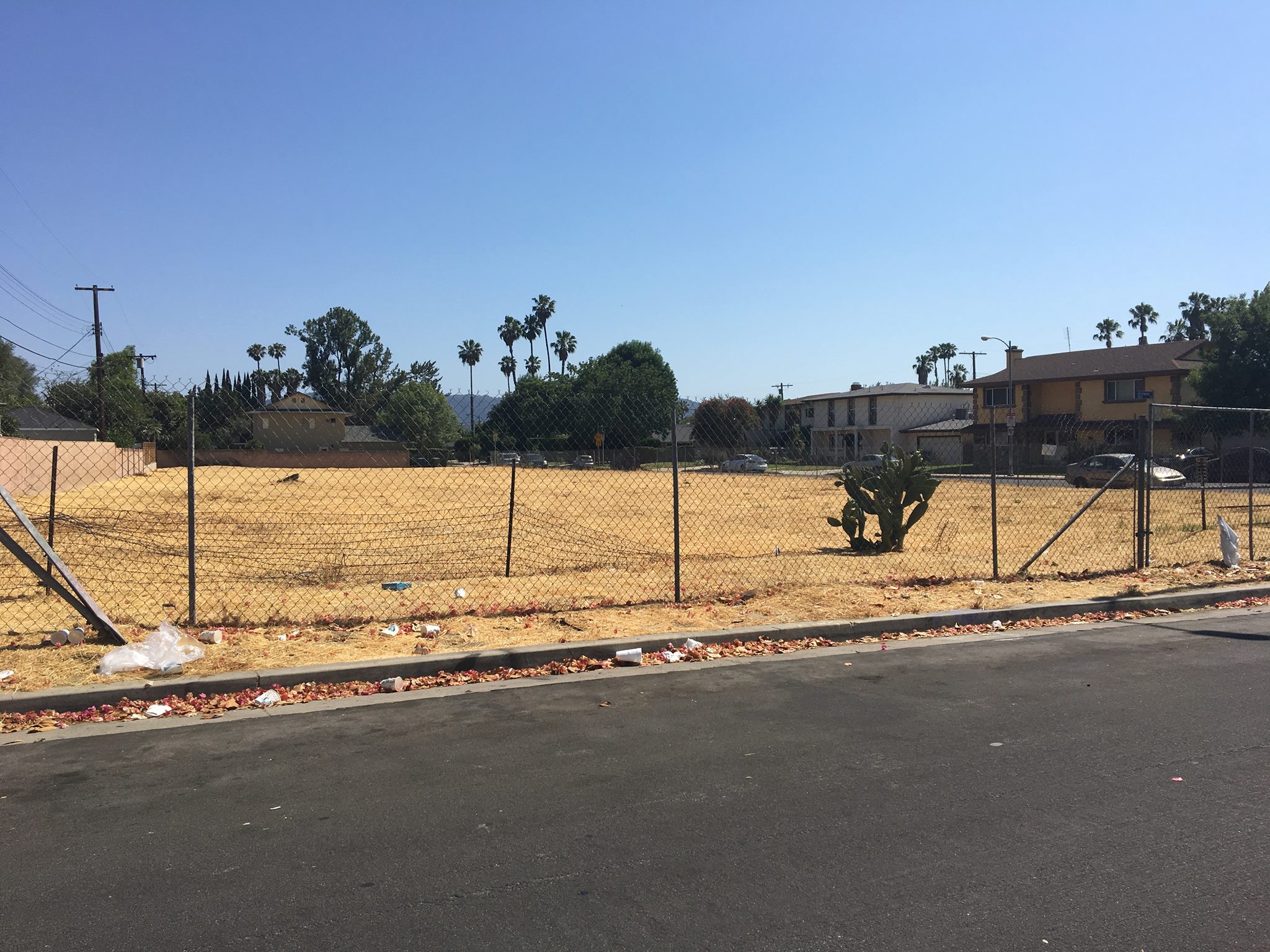
Author’s photo facing south adjacent from the rear of Jue Joe’s remaining parcel of land. Here you can see that there is still some open lots surrounding the property in an urbanized LA.
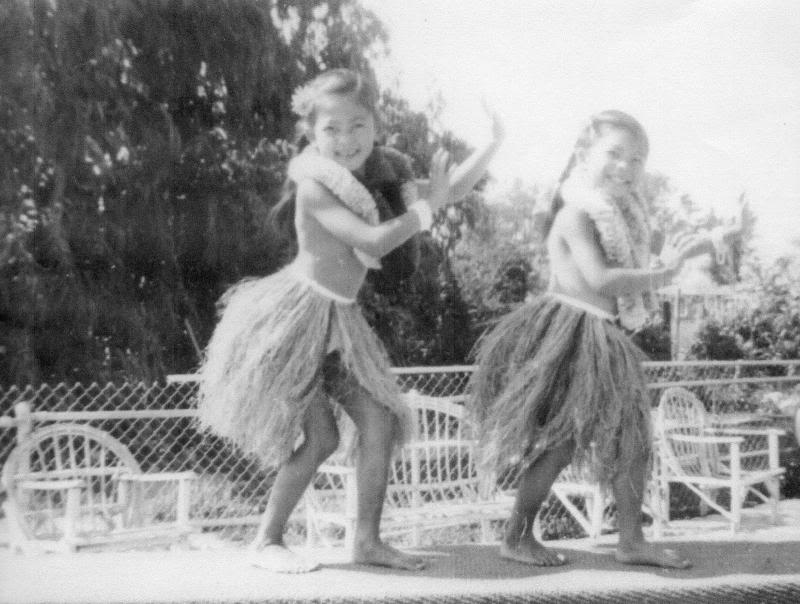
A young Soo-Yin and Pingy granddaughters of Jue Joe) as hula girls by the pool.
Family video run Van Nuys ranch days
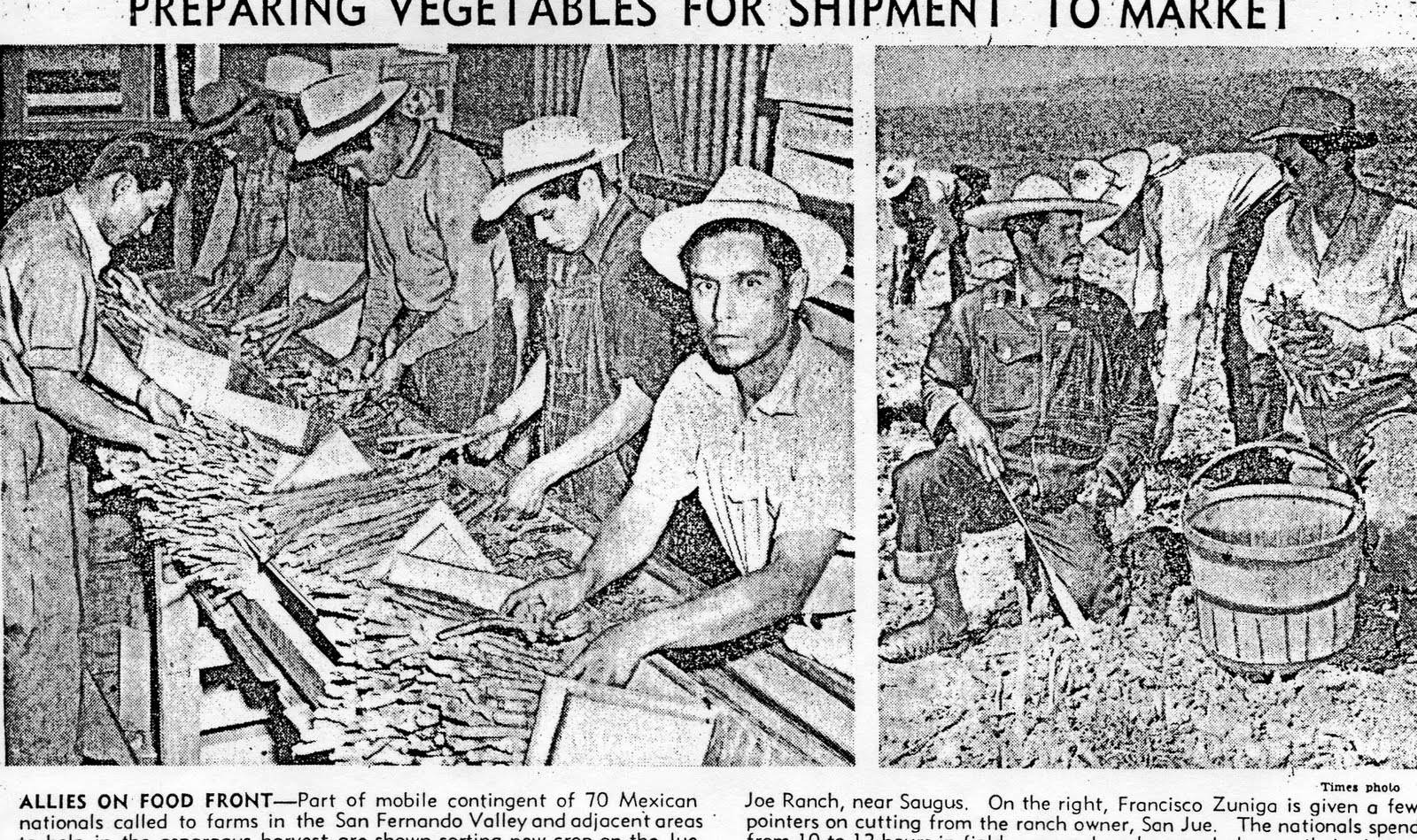
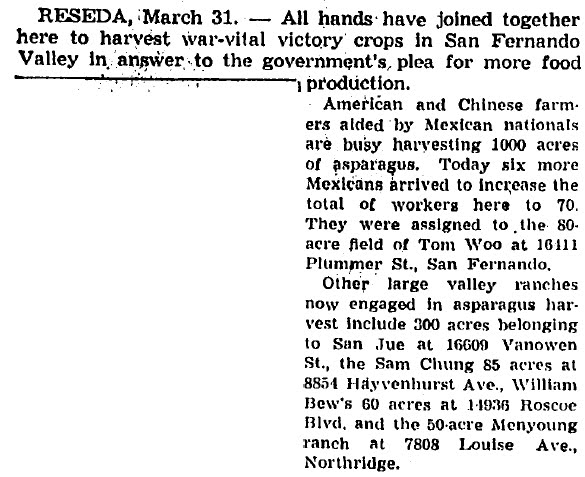
“My mom is Sally Ferrer born Dec 4,1927. Sally was born and raised in the San Fernando Valley. My mom is still alive and with great memories. She is 91 yrs old and a very active senior citizen. We are working on our family tree and a timeline of her life.My mom worked for the Jue Joe family for almost 10 years. My mom thinks she was about 16yrs old. She packed asparagus for San Tong Jue. When she turned 19 yrs San Tong Jue gave her a promotion to be a floor lady. She has fond memories of the Jue Ranch. She remembers San Tong would have her gather five ladies and take them to the family Chinese restaurant on Friday night. At the end of the season she remembers the party the family would give to the workers. I asked her how much did you get paid a hour, her response was 65 cents an hour. “Later they gave us a raised to 75 cents an hour.” San Jue would ask her to bring ladies to pack asparagus when he was short on workers. Many ladies from her neighborhood worked for the Jue Ranch. Some of the ladies were Alice Velasquez, Gloria Espinosa, Josie,MingaTarrin, Susanna Miguela, Dora Carrozoza Birdee, Ruben,Connie Velenzuela- Conception Richie Valenzuela the mother, the list goes on and on.
On this ranch she met my father who also worked on the ranch. Jesus Ruiz Garcia. The Anda brothers worked in the kitchen. These brothers got my dad a job as a dish washer . On the ranch they provided lunch for a small fee. My father was very handsome! My mother said all the ladies were after him. One day the ladies were asking my dad to bring them a picture of himself . My mother didn’t care for my dad because she thought he was a player. He brought her the picture to the one who didn’t ask. The end of the season my father asked my mom to dance, she refused. My dad fell in love with my mother. Guess what? They married.
After they married they got a job picking walnuts. My dad ends up running a 20-acre ranch of walnuts and oranges for Judge Charles Fidellio Blackstock in Simi Valley. Judge Blackstock helped my dad get his immigration card. My dad worked for Judge Blackstock many years.
My father was offered another job running a ranch of 50 acres of avocados. The owner was Sanger Clinton Hendrick. This inspired my mom one day to own her own ranch. In 1967 my parents bought a ranch in Dinuba, Ca. They were growers of 15-acres of plums and her dreams came true with work and sacrifice. Thanks to the Jue Ranch, Blackstock Ranch and the Sanger Hendrick Ranch. It all started with packing asparagus!” -Daughter of Sally Ferrer.
References: Jue Jr., Jack. (2014, March 21). Van Nuys Post [Web blog post]. Retrieved April 13, 2018, from: http://juejoeclan.blogspot.com/2014/03/van-nuys-ranch-2014.html Jue Joe Clan
Here in Van Nuys: Jue Joe Ranch/Clan
Library of Congress: Chinese Exclusion Act
California Historical Society: Chinese Exclusion Act
Opening the Gates to Asia: Race and Power in the Transpacific Movement that Ended America’s Asian Exclusion Laws (under contract with the University of North Carolina Press) by Jane Hong at Occidental College.
The Transnational History of a Chinese Family: Immigrant Letters, Family Business, and Reverse Migration. Rutgers University Press. Haiming Lu. Sample Chapter 5 PDF. https://books.google.com/books?id=QtCwzg6sIX0C&lpg=PP1&dq=haiming+liu&pg=PA100&hl=en#v=onepage&q&f=false
Gilder Lehrman’s Teaching Literacy Through History (TLTH) Political Cartoons Lesson Plan: ImmigrationAndArt.CA version.June_2018 (1)PowerPoint- Immigration History Through Art Gilder LessonGilder Lehrman Analyzing Art Handout (1)In Their Own Words (1)
Immigration in America Ellis Island Lesson Plan:
Go to: https://herb.ashp.cuny.edu. Immigration PowerPoint Immigration- Debating Immigration Restriction- Ellis Island
Immigration Ellis Island Simulation
Japanese American Experience Lesson Plan:
Franky Ortega
